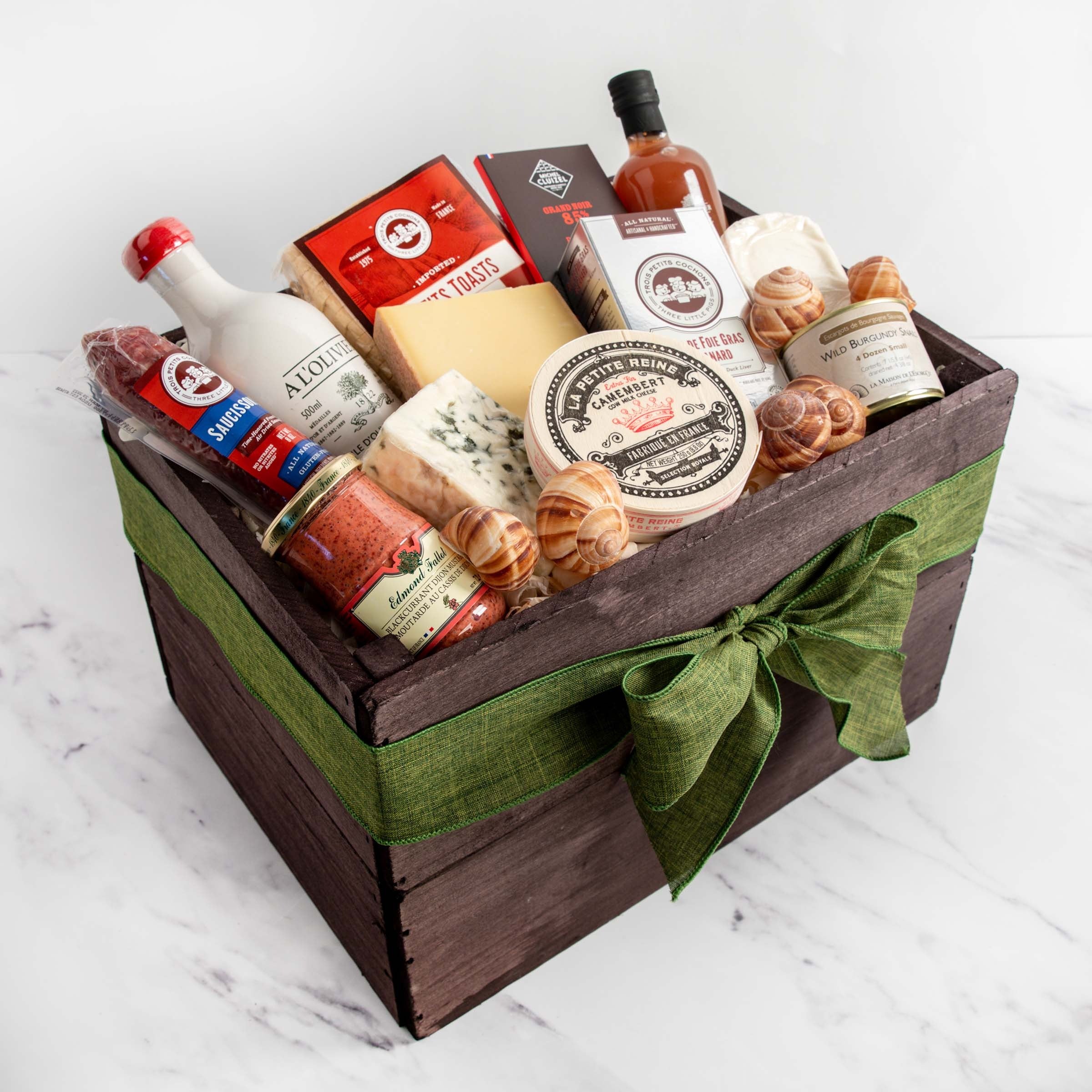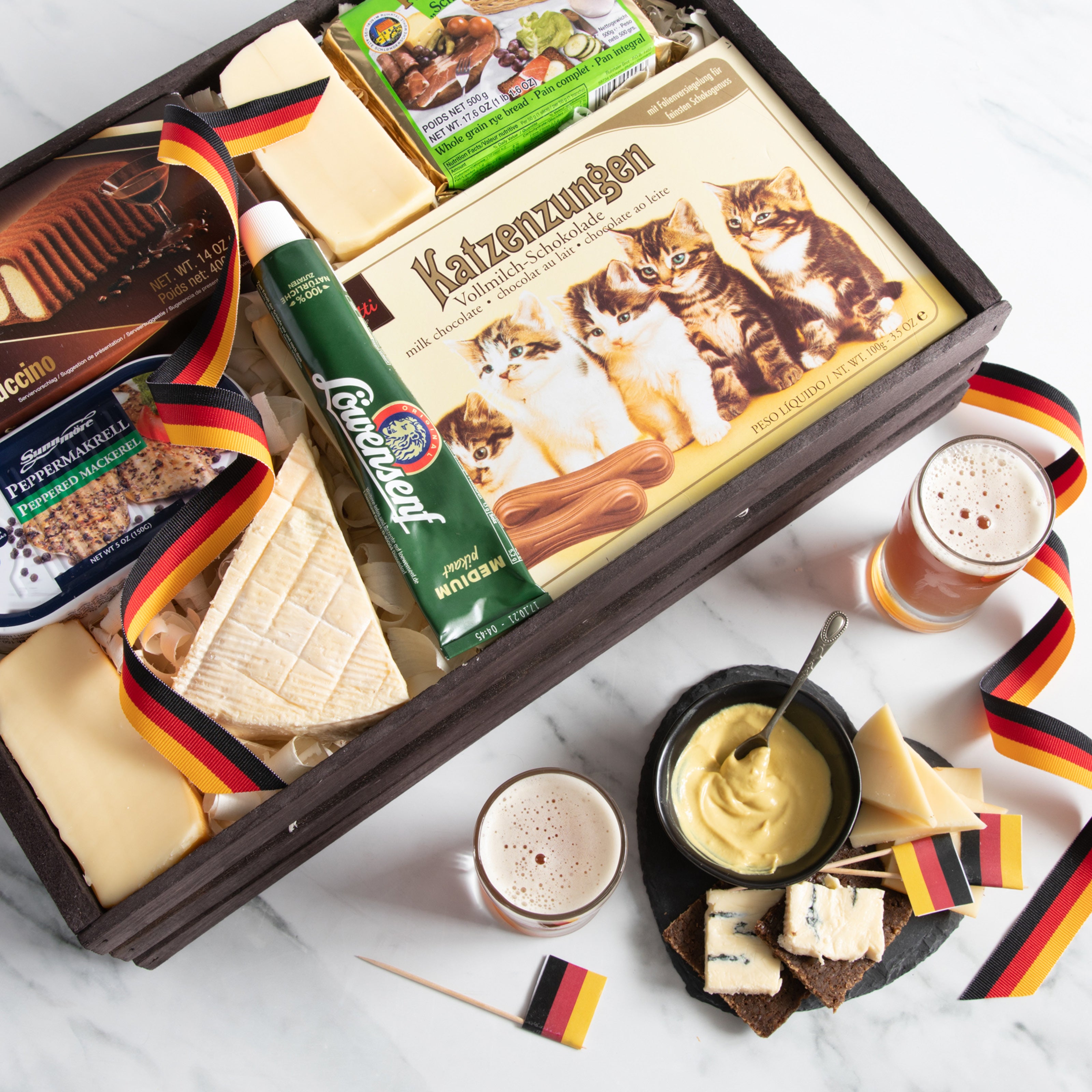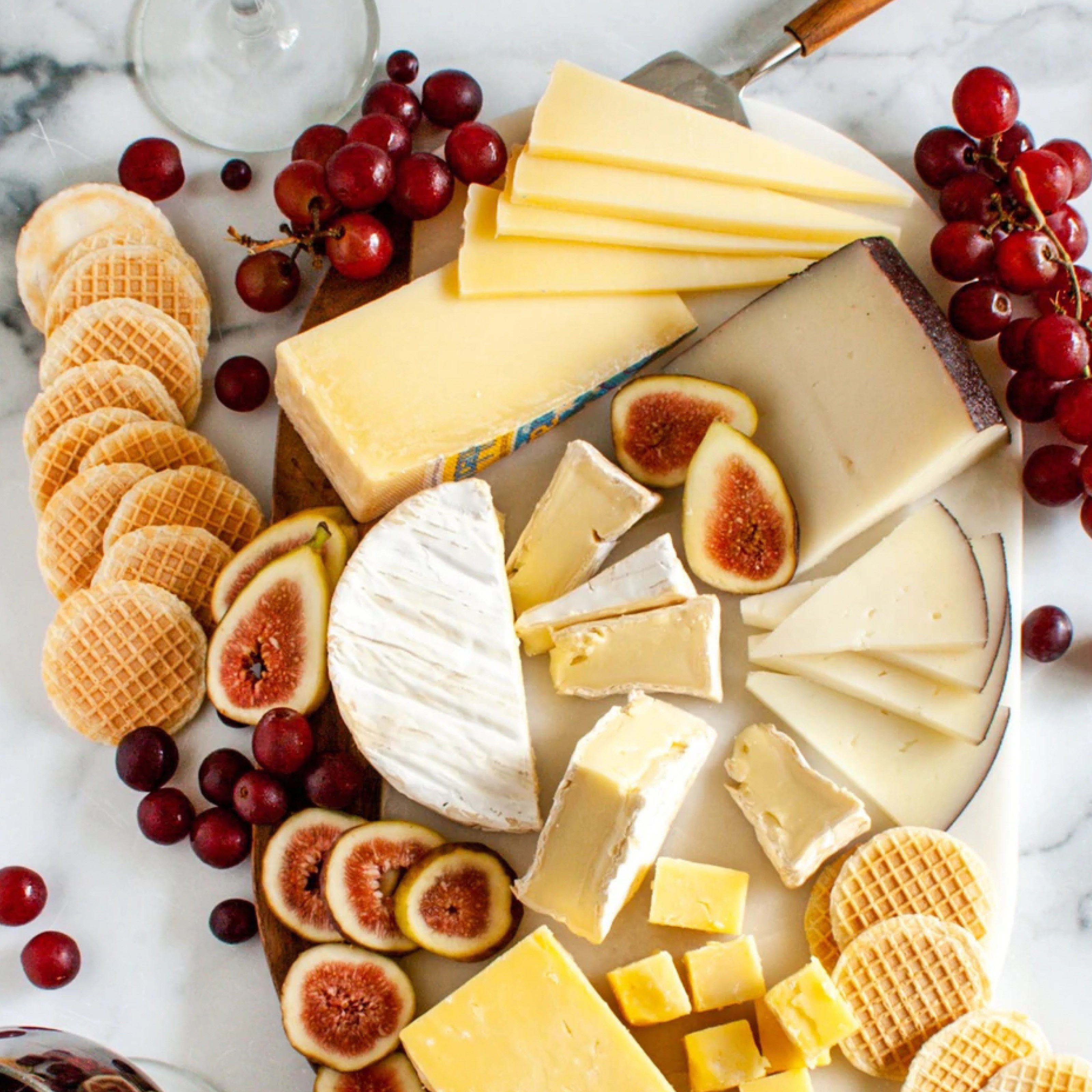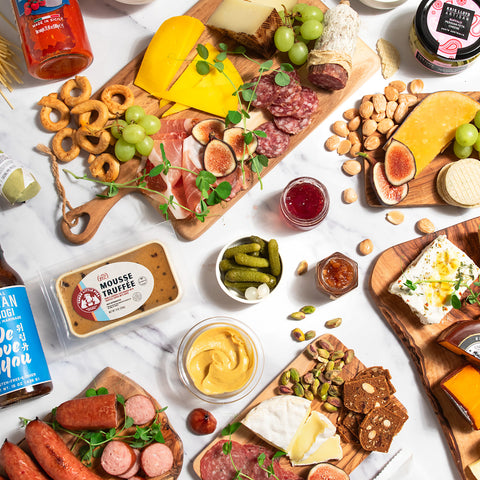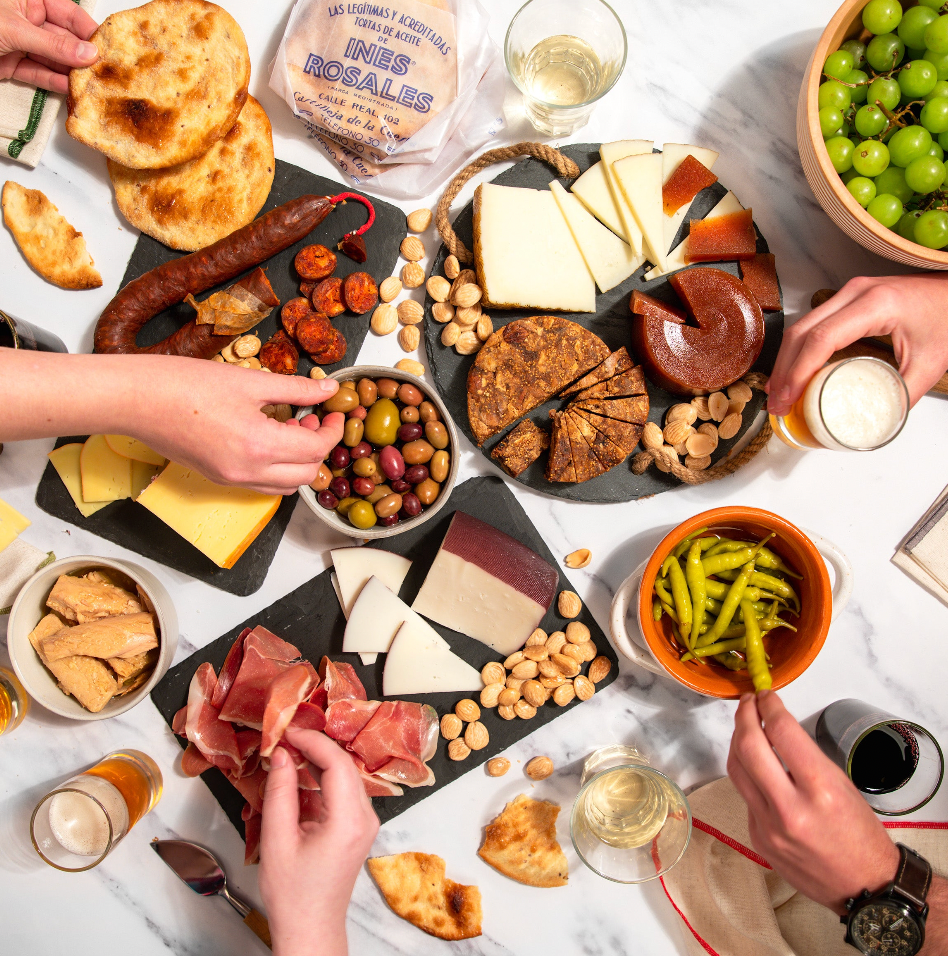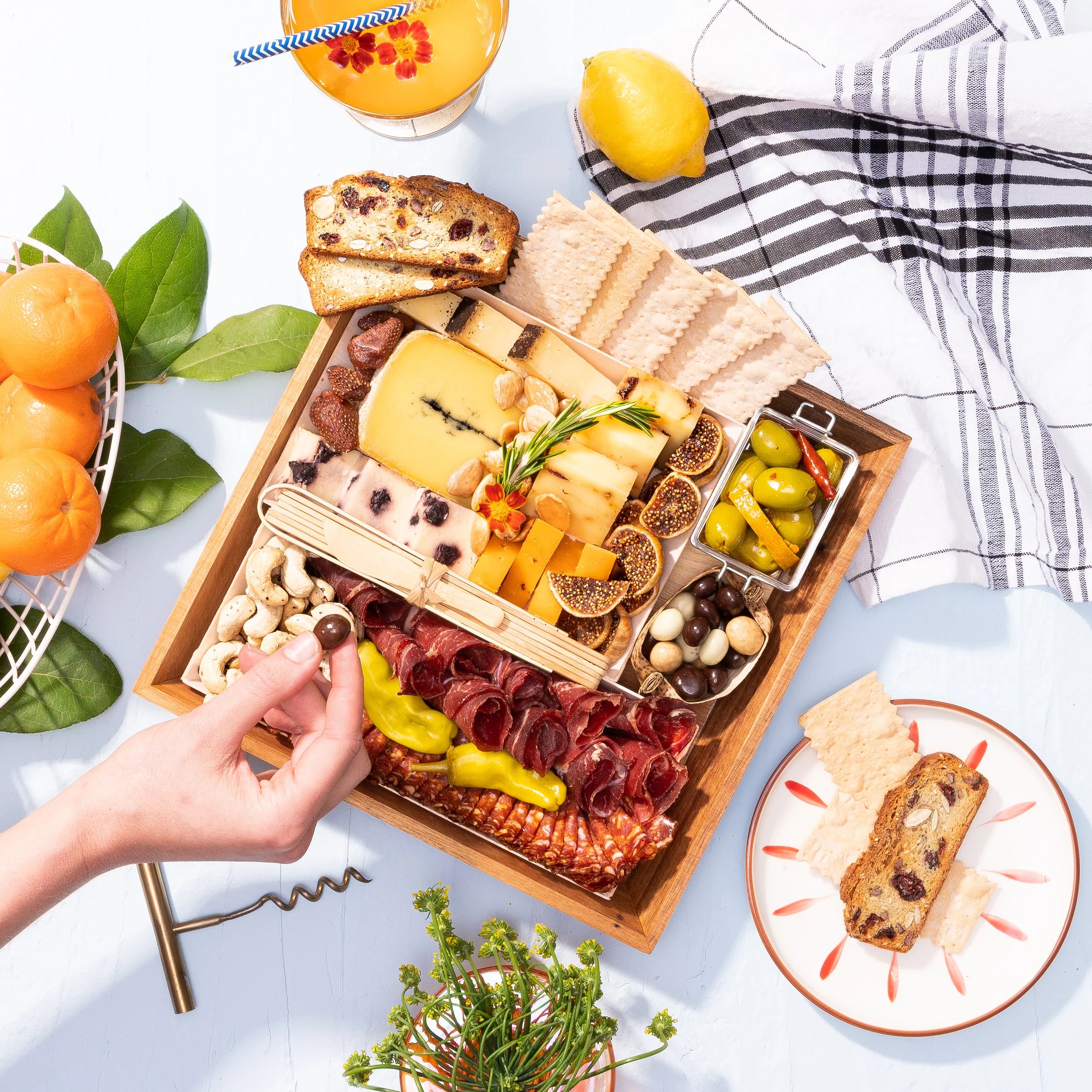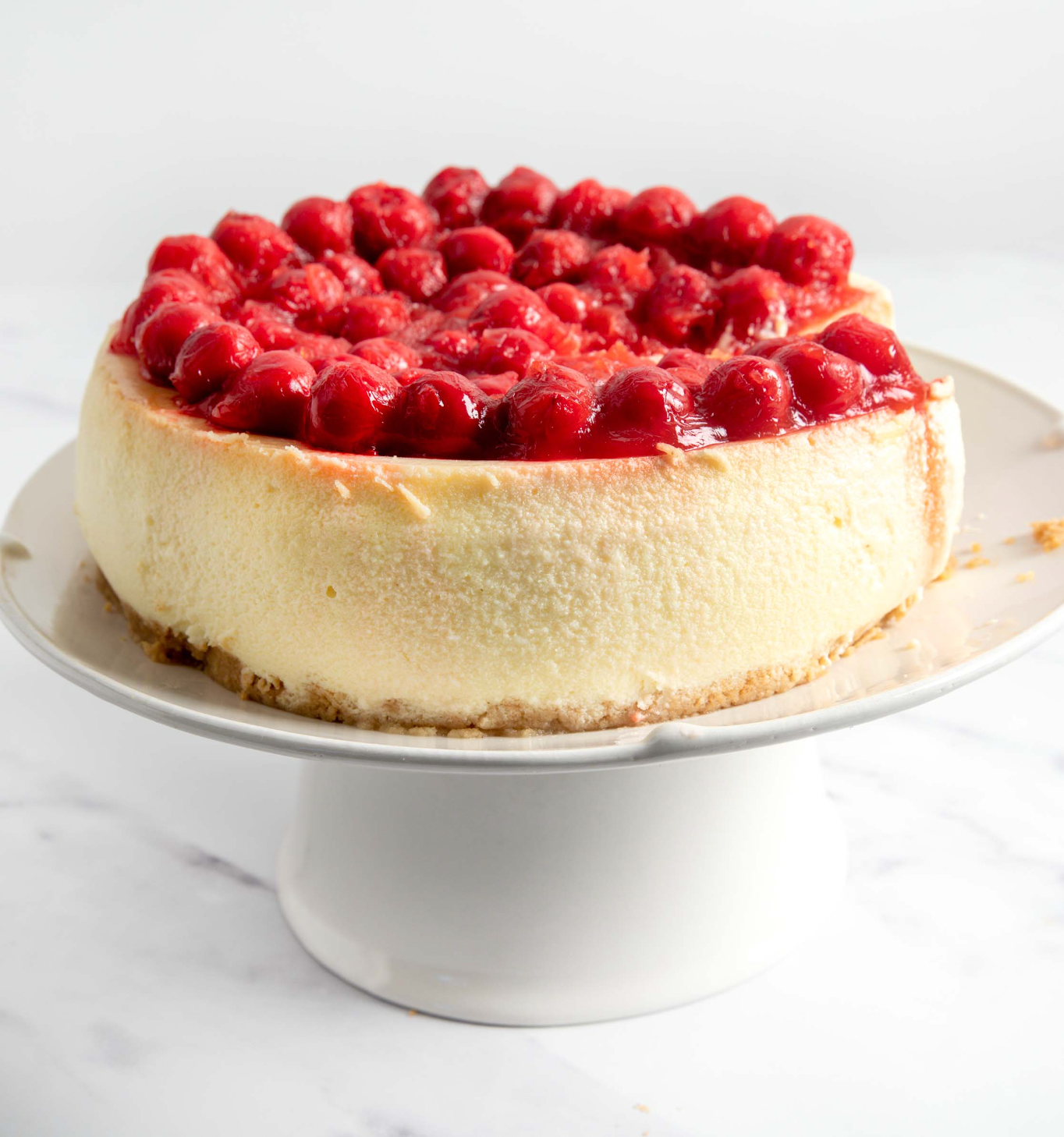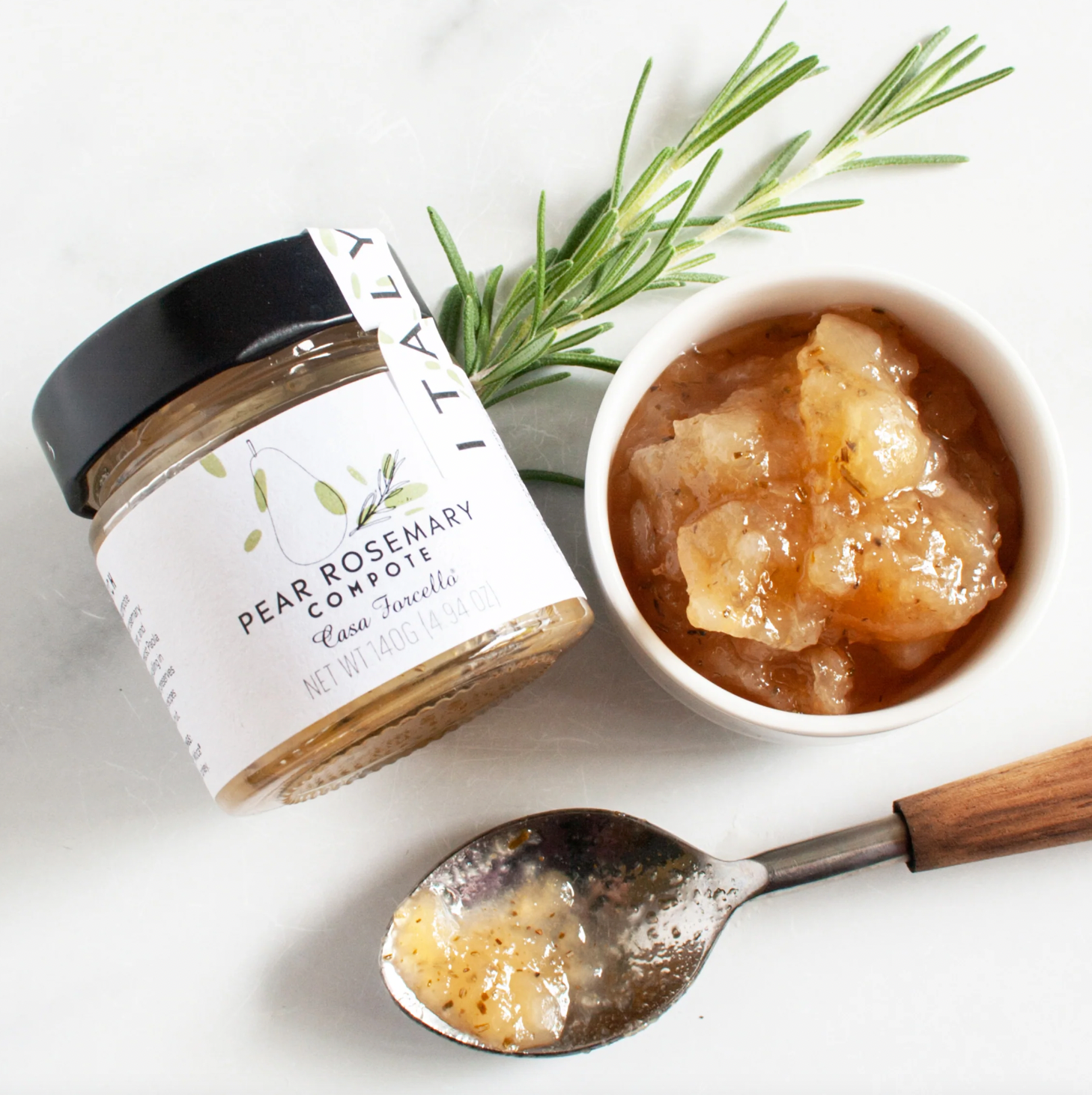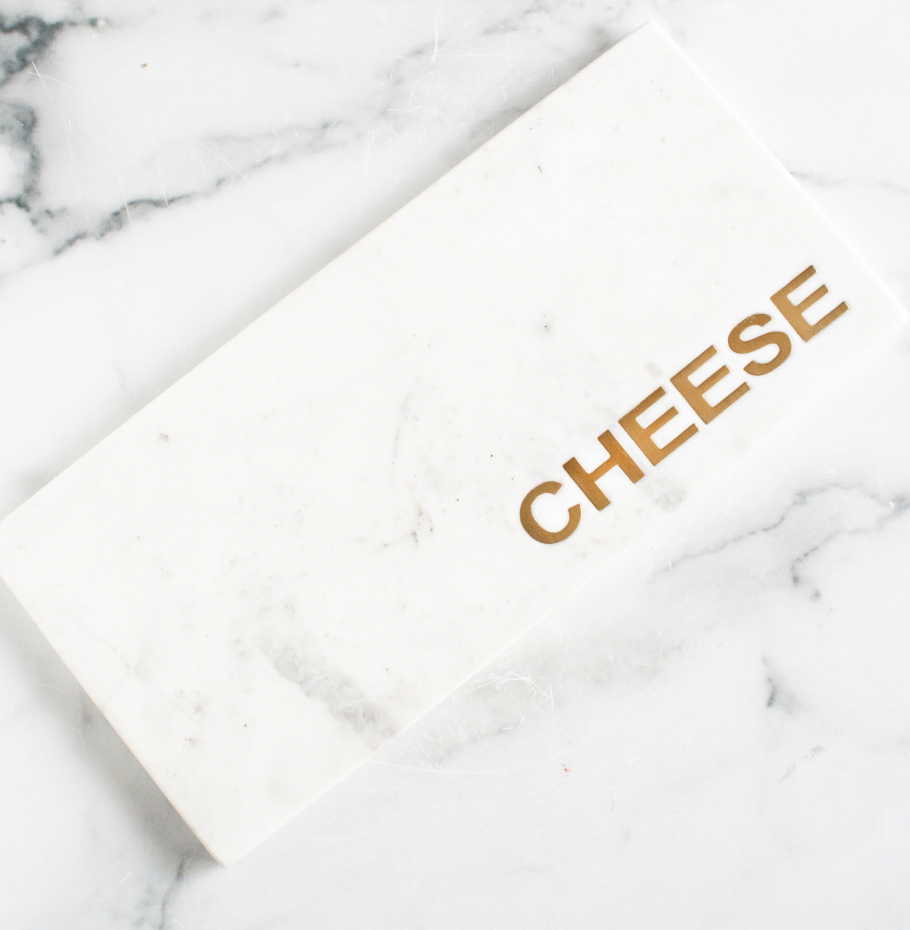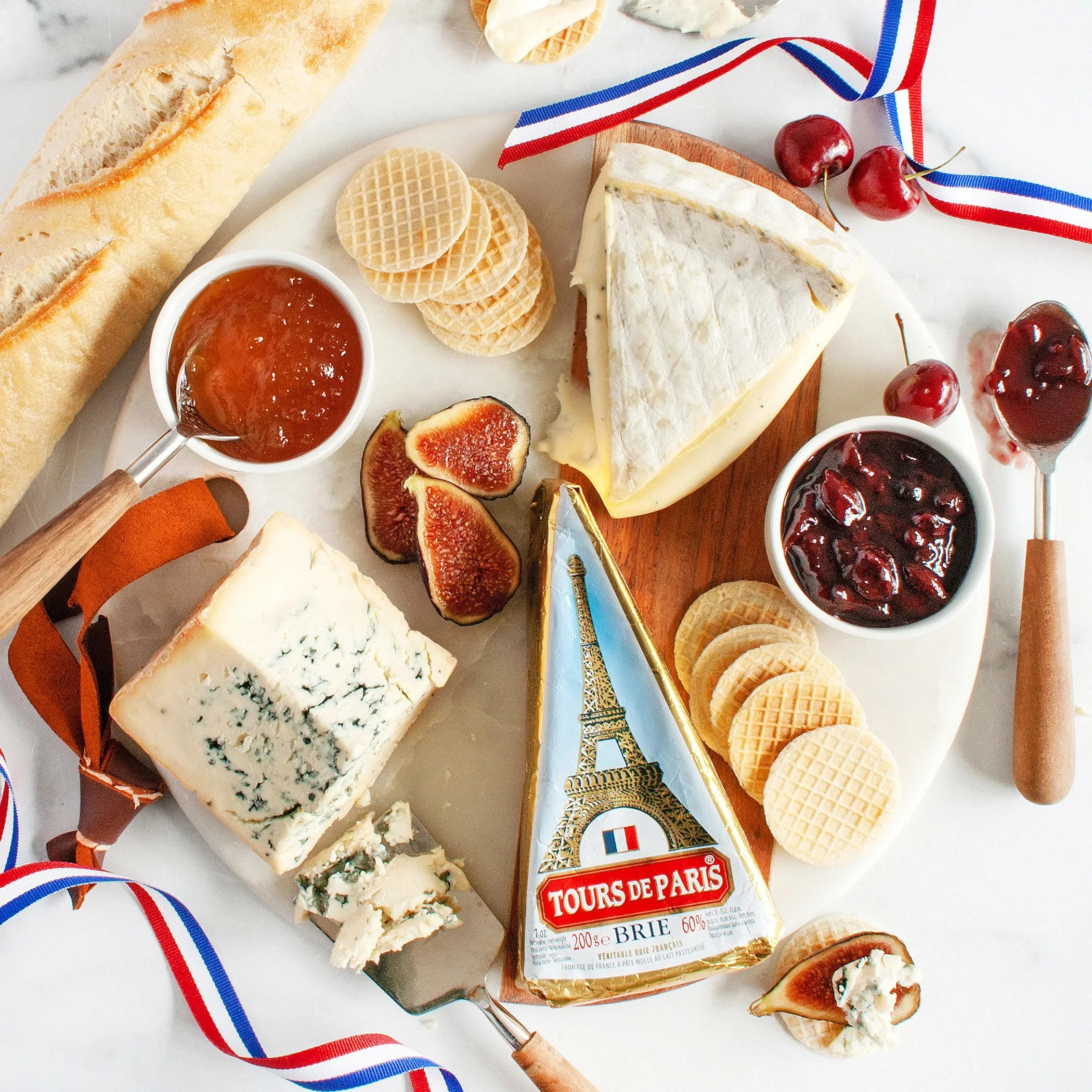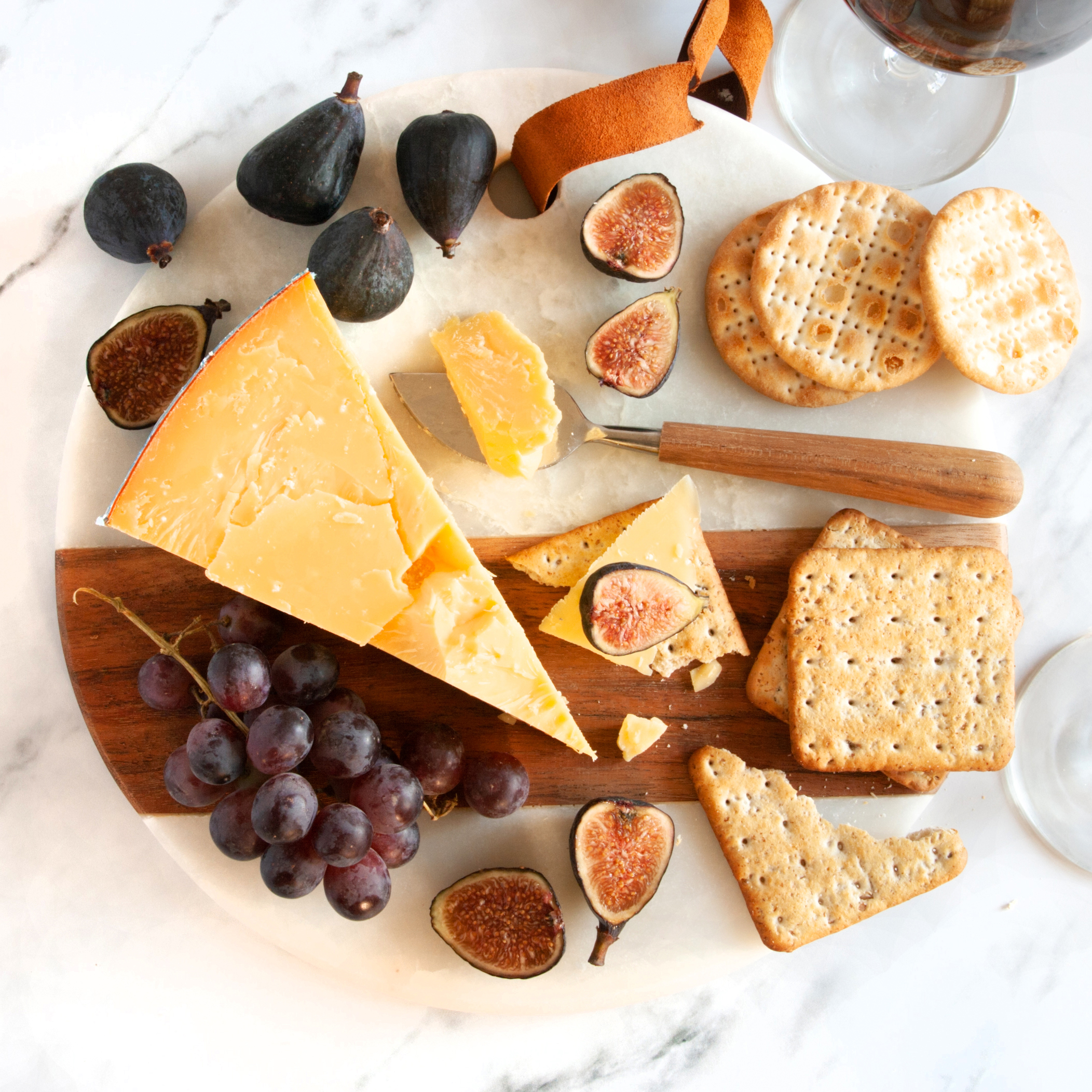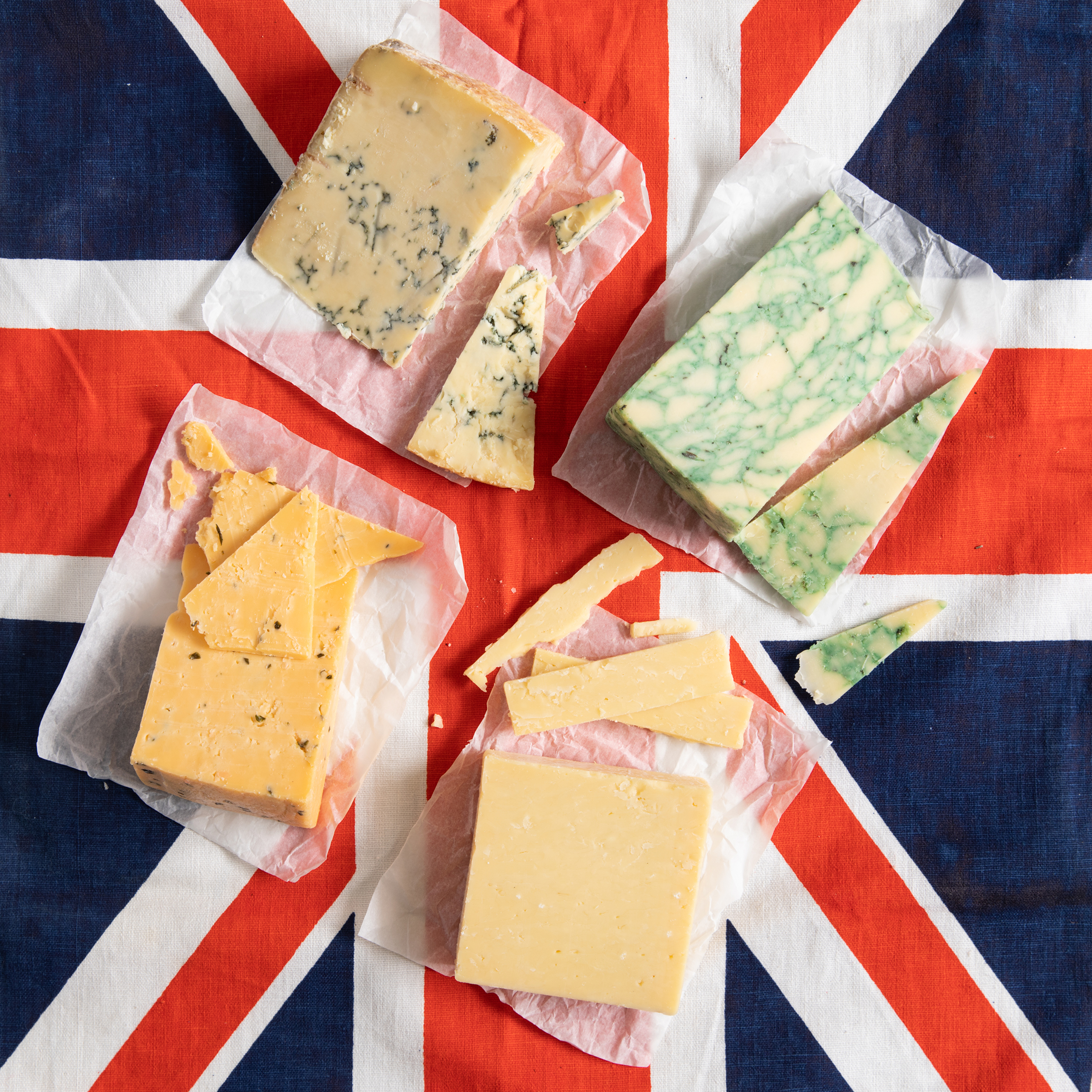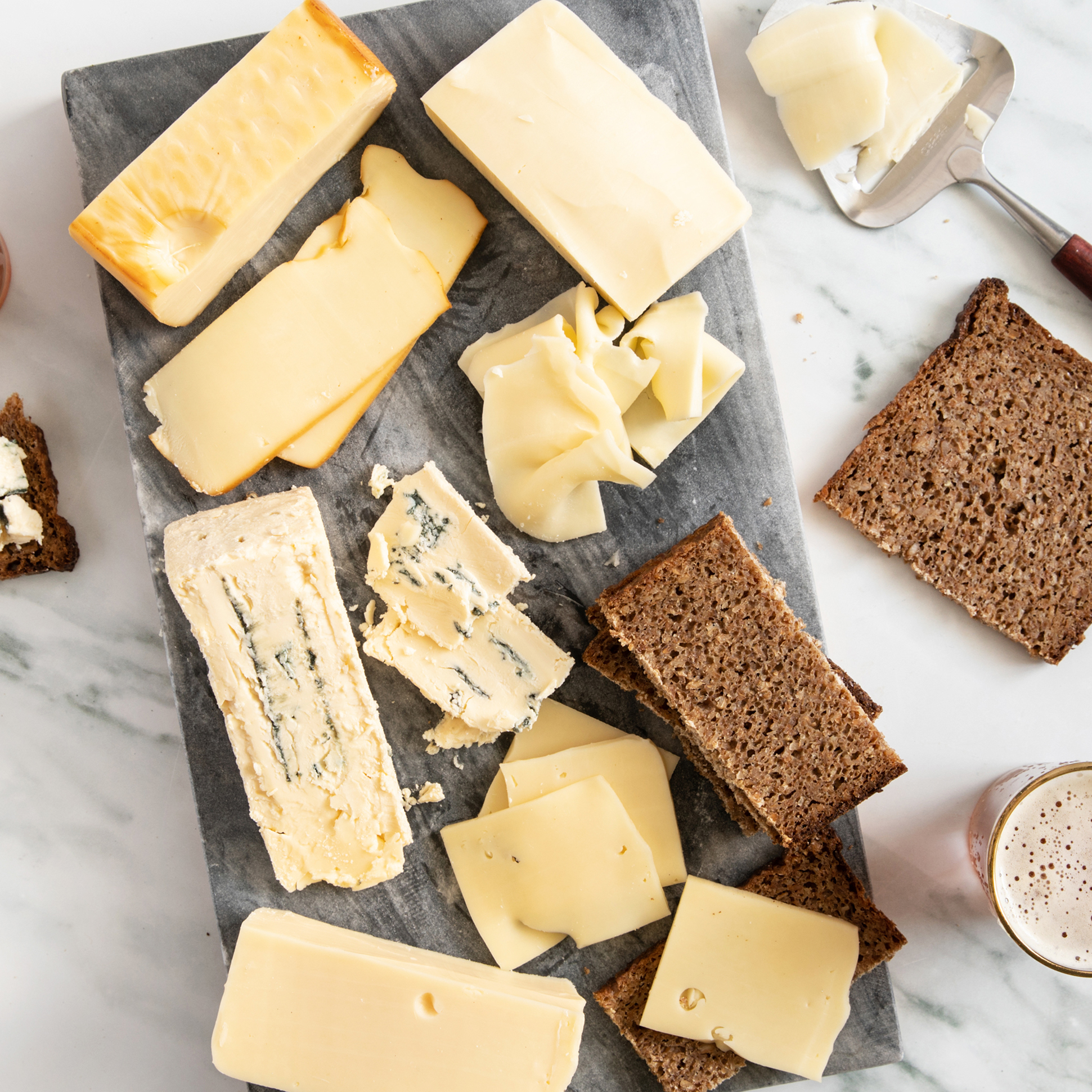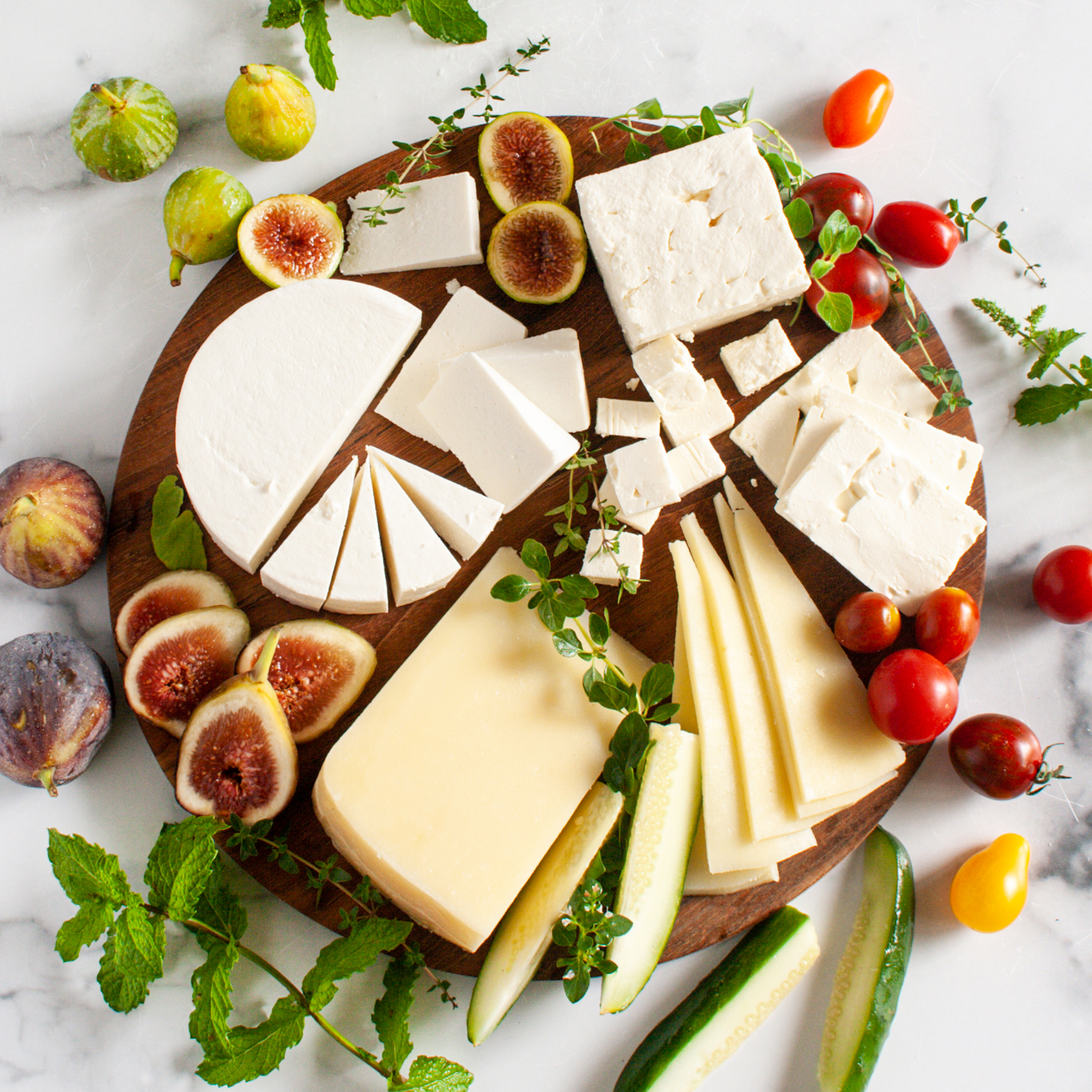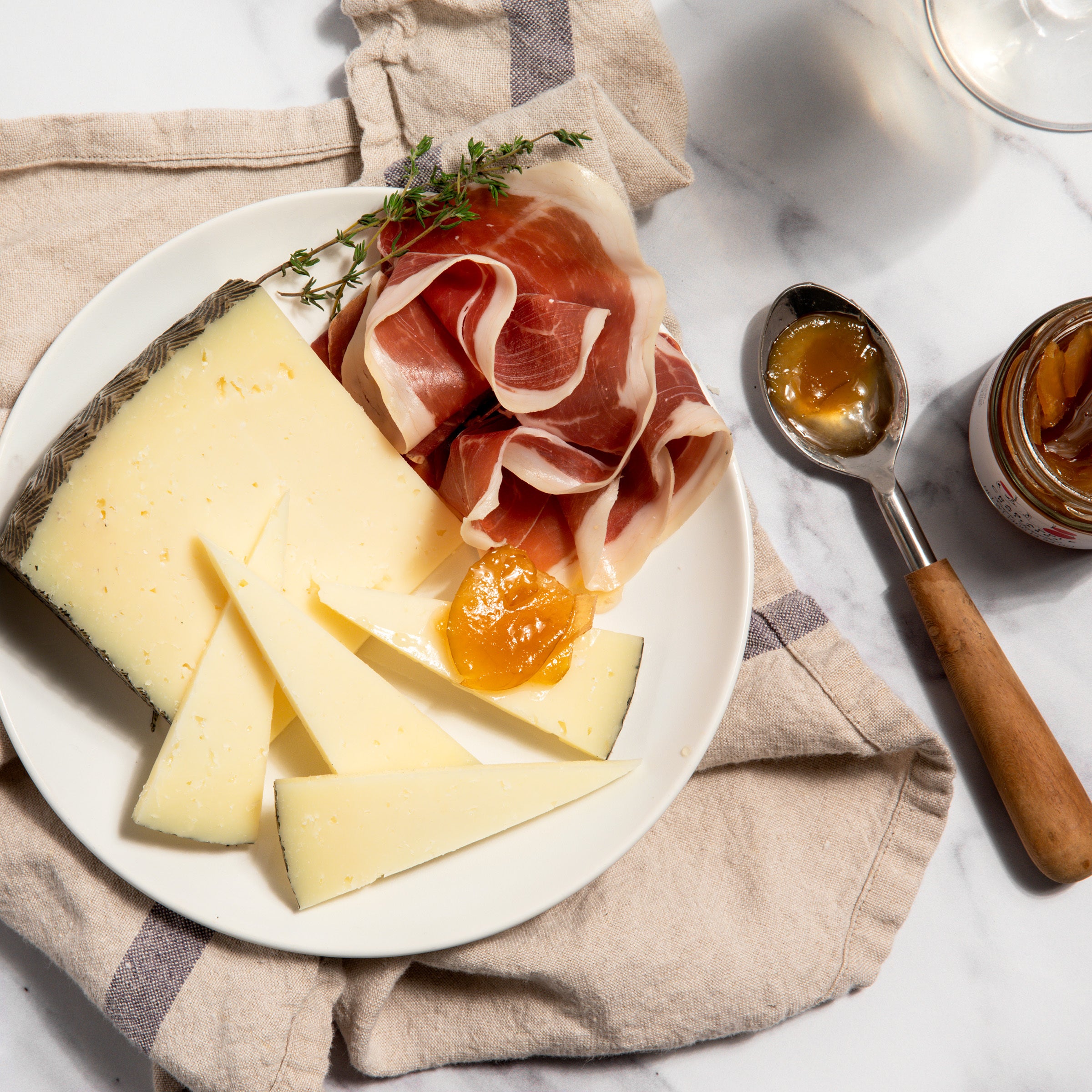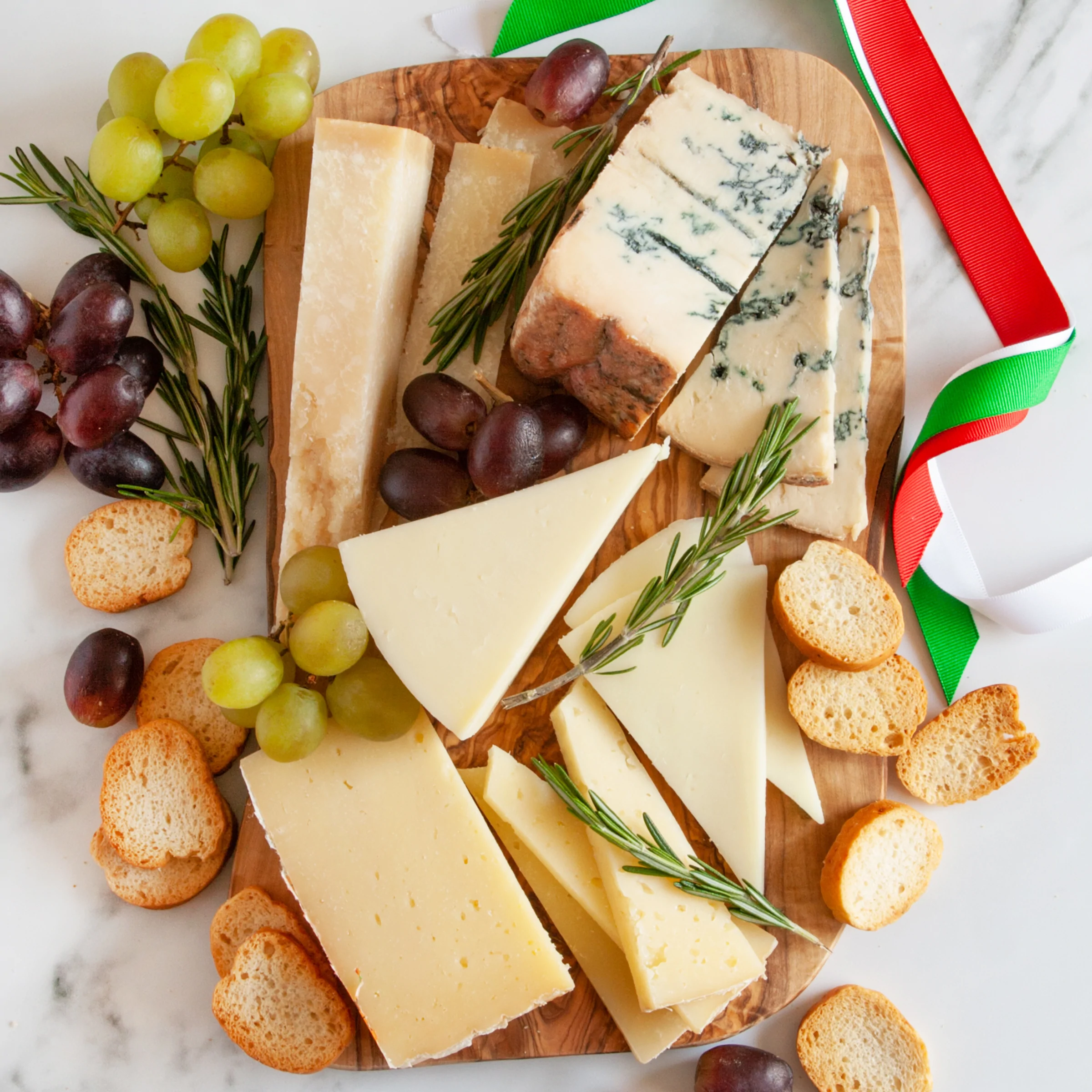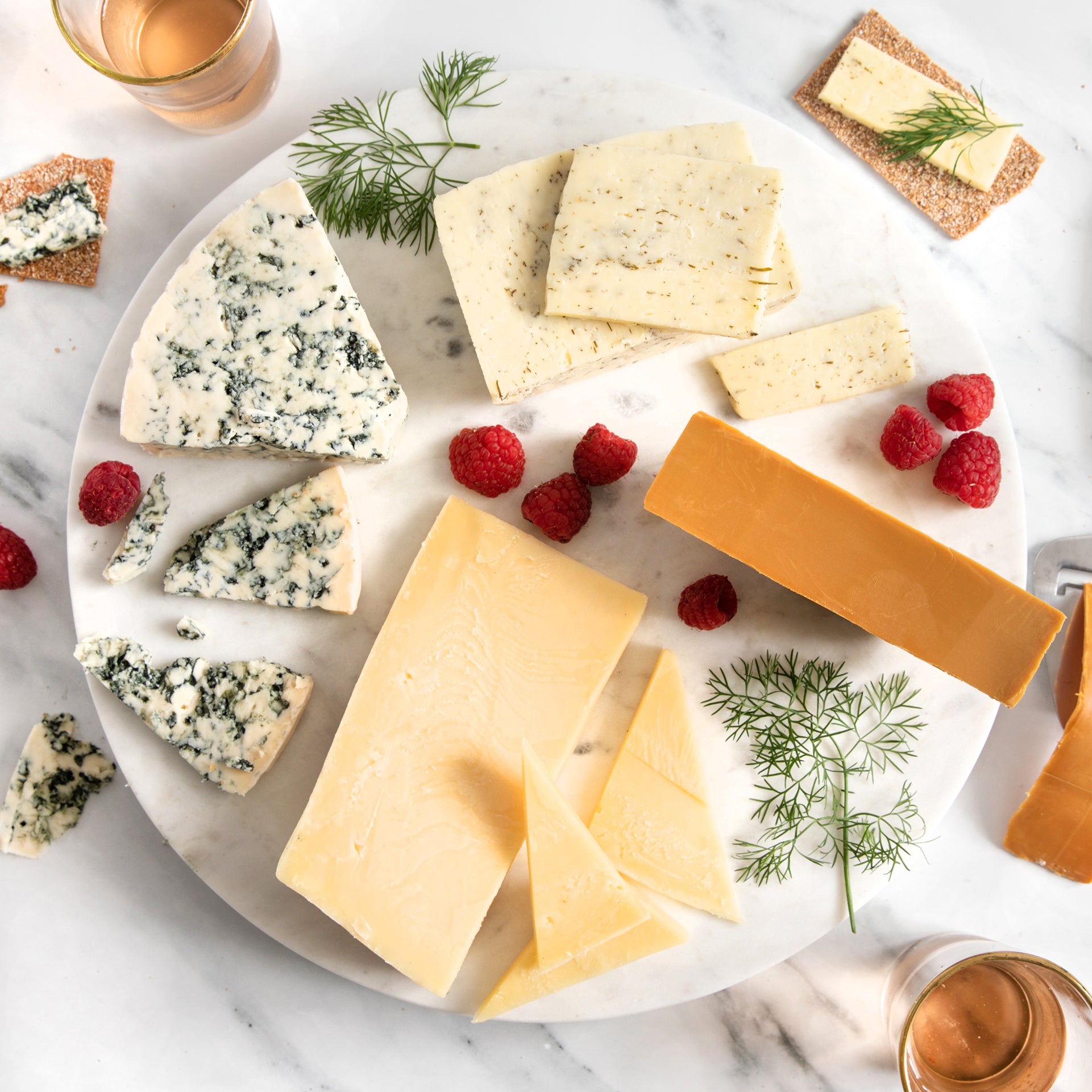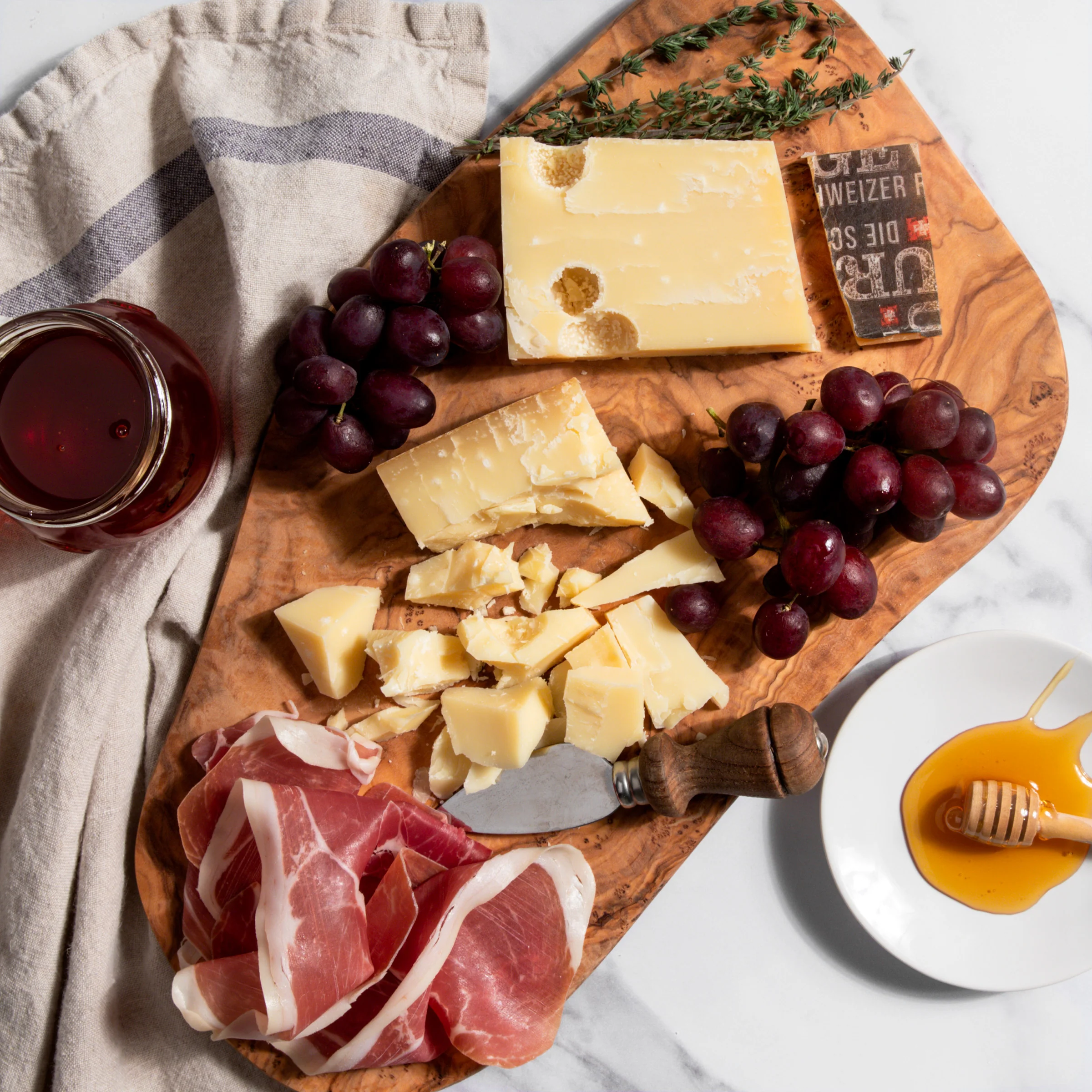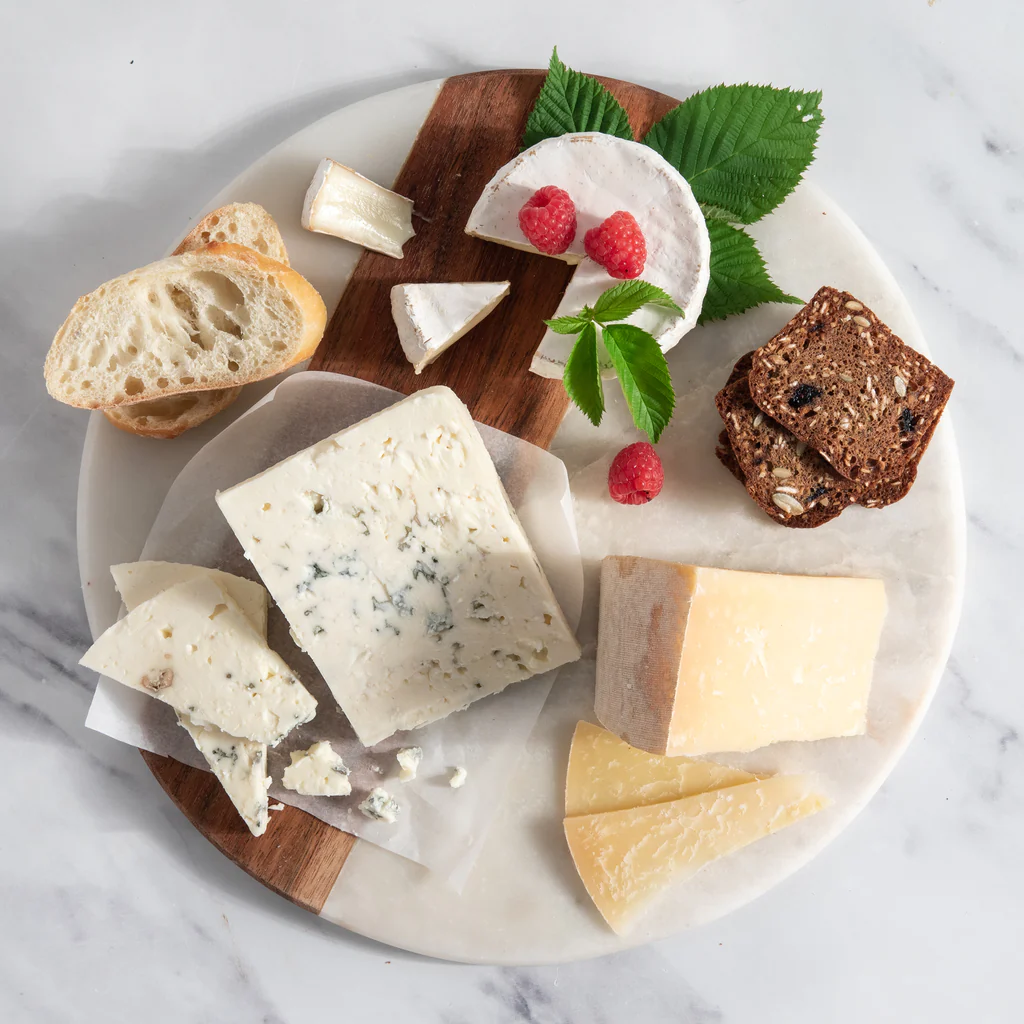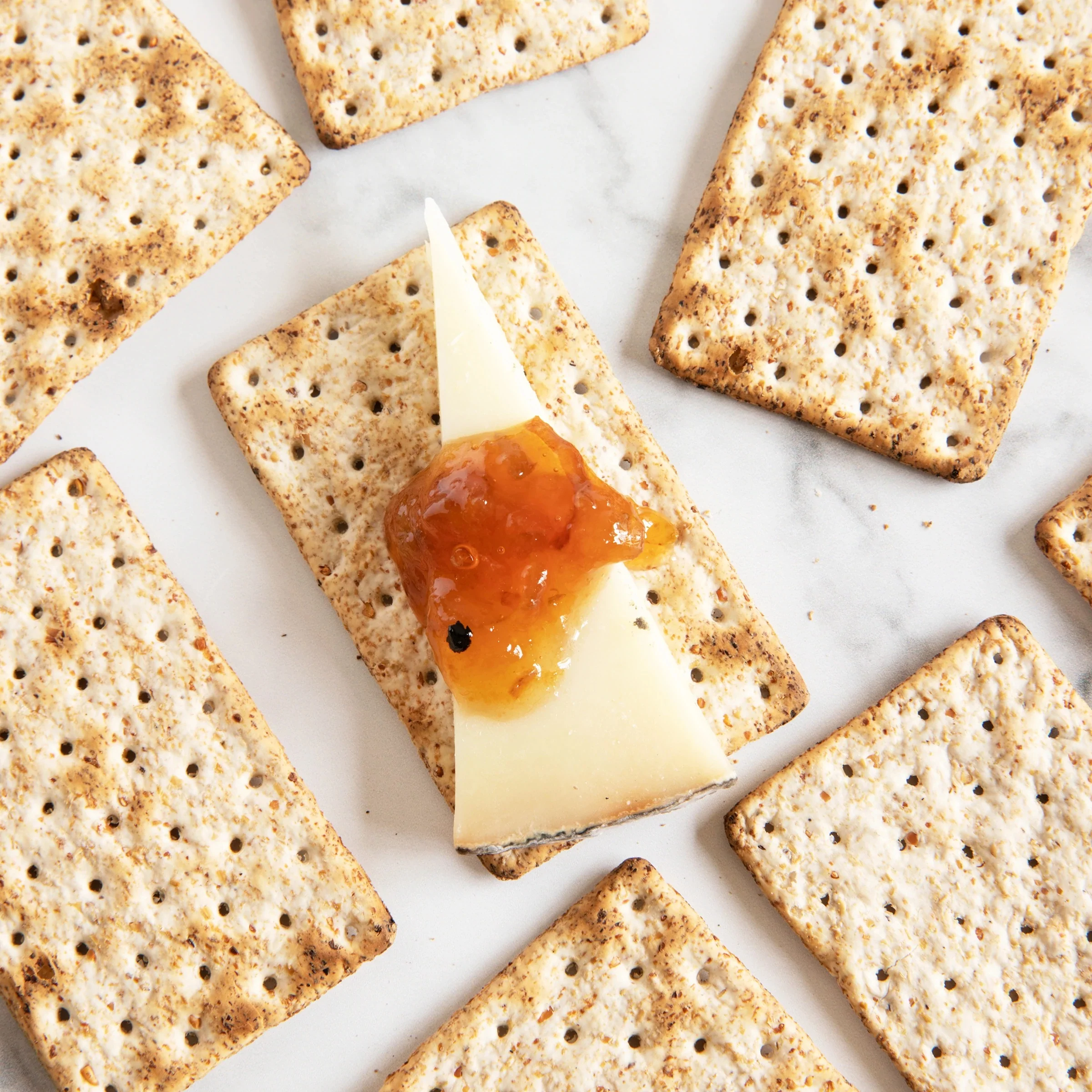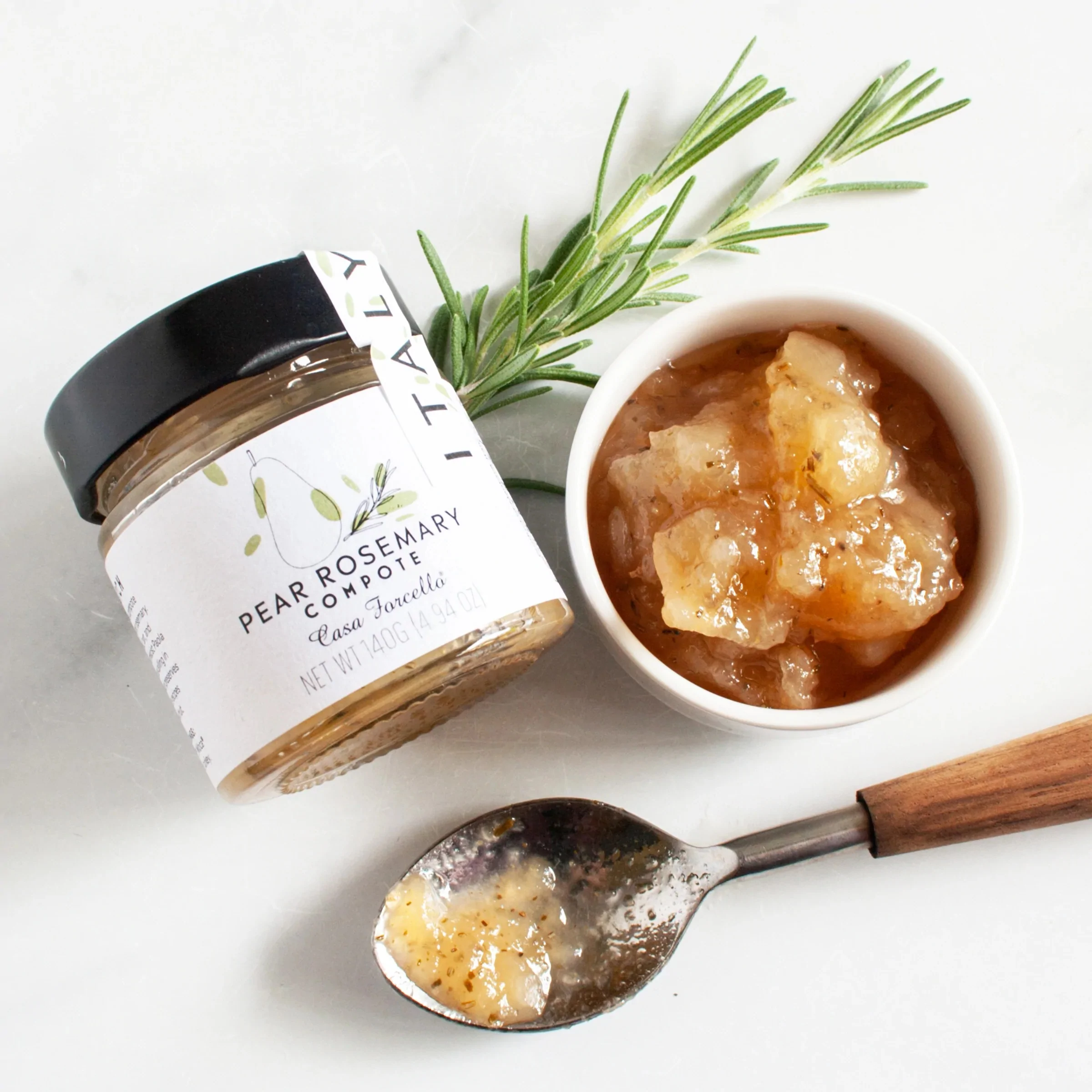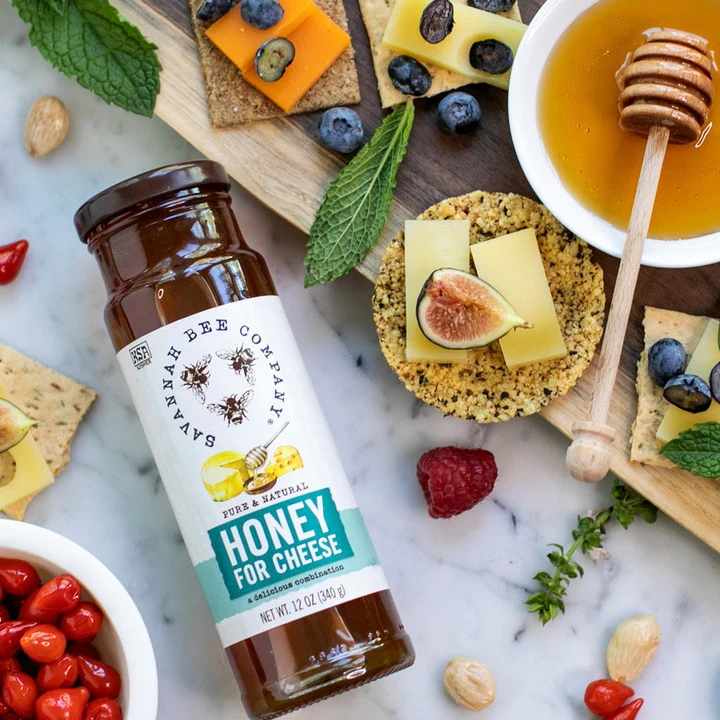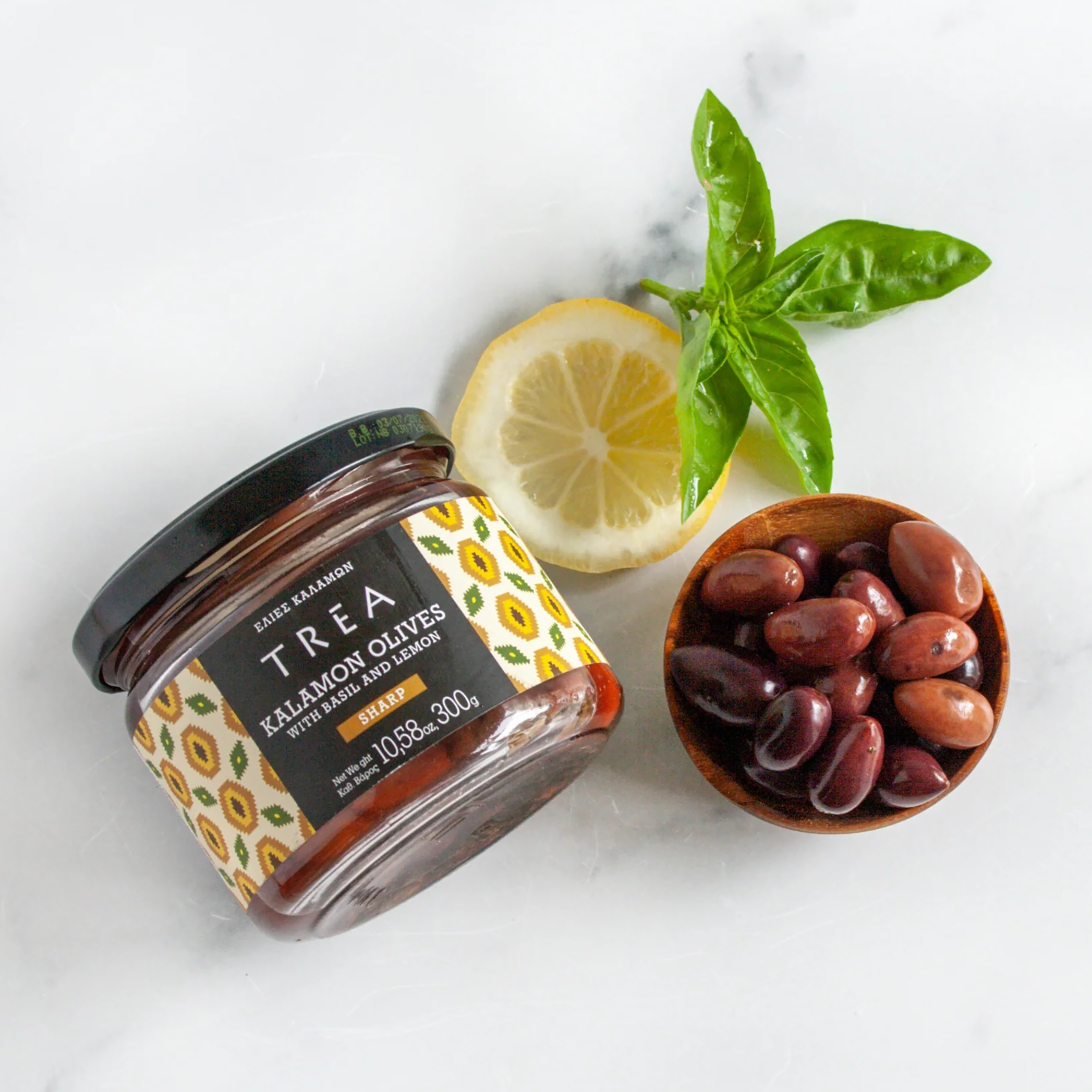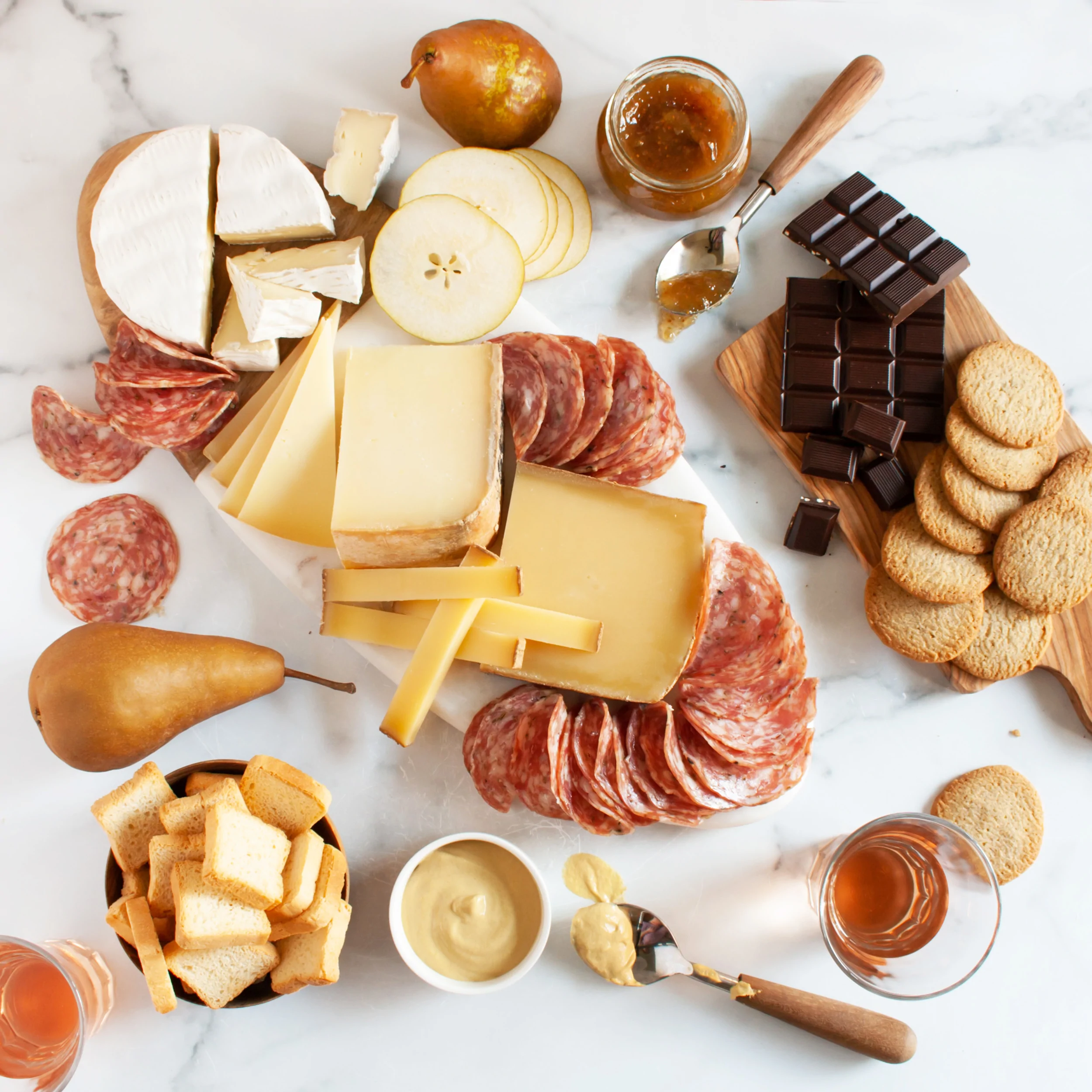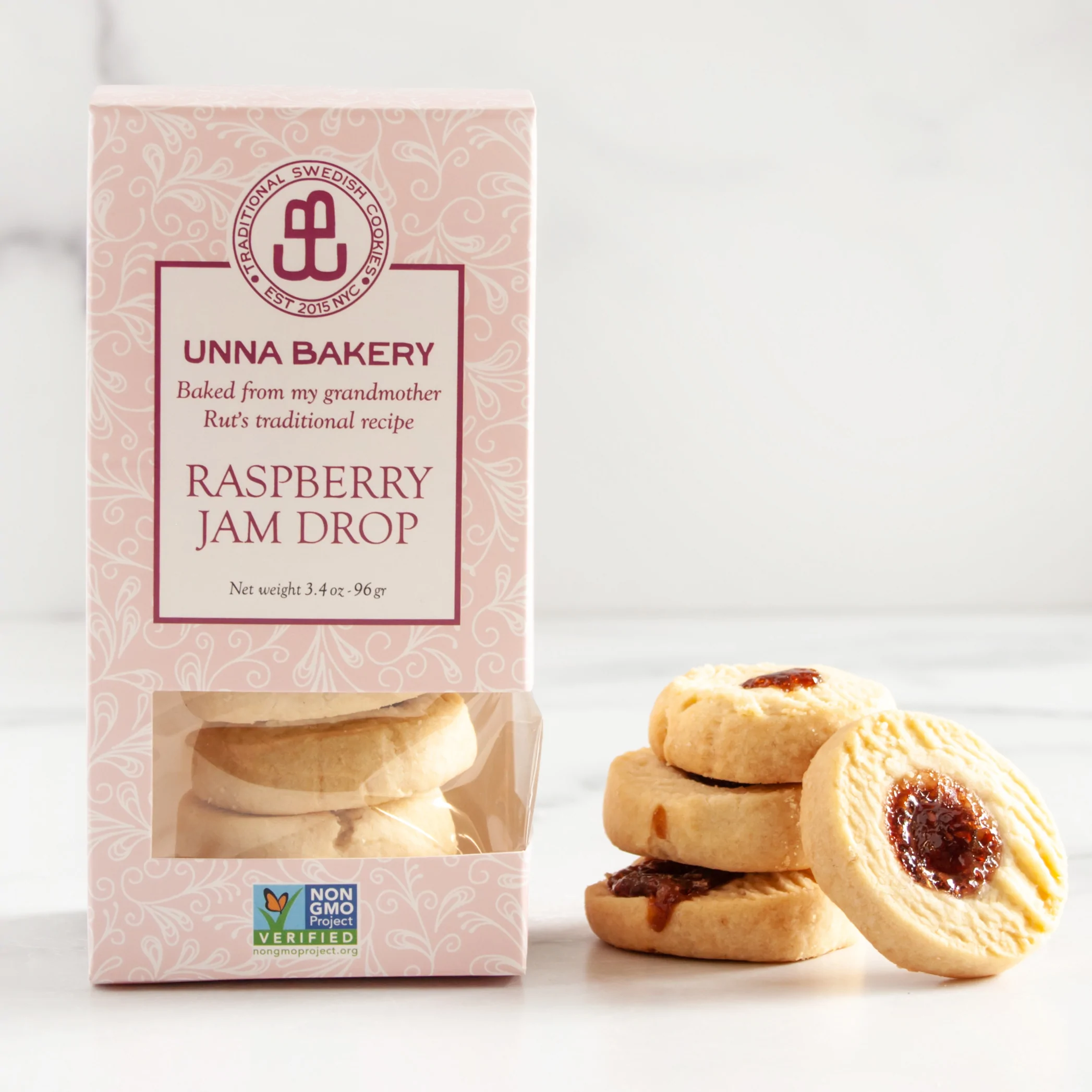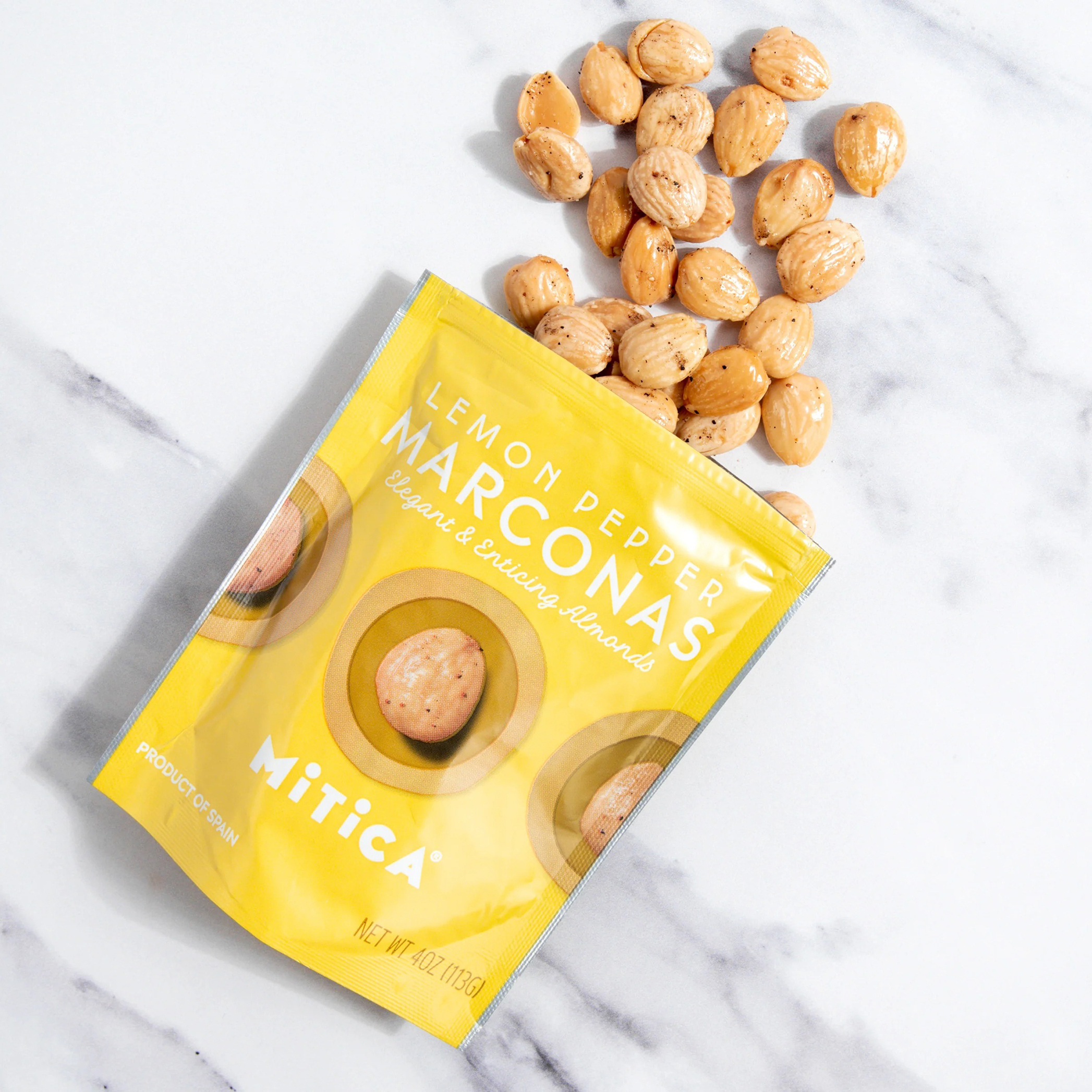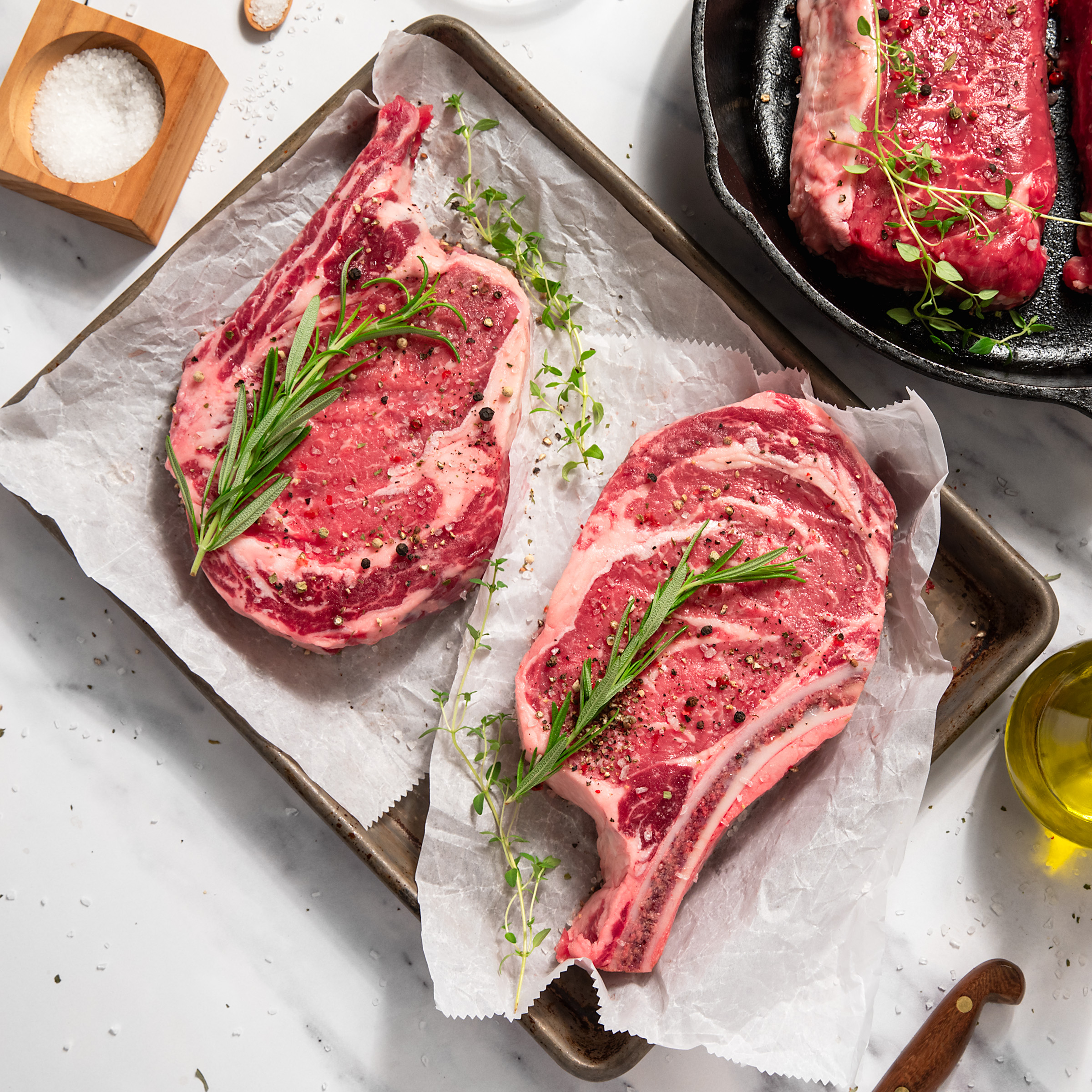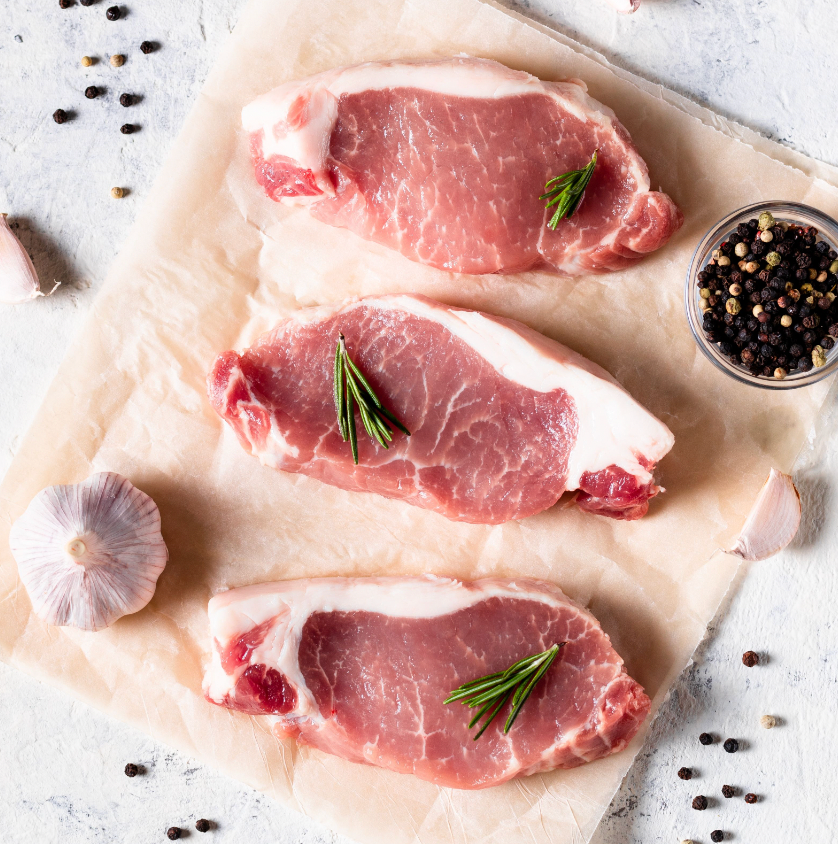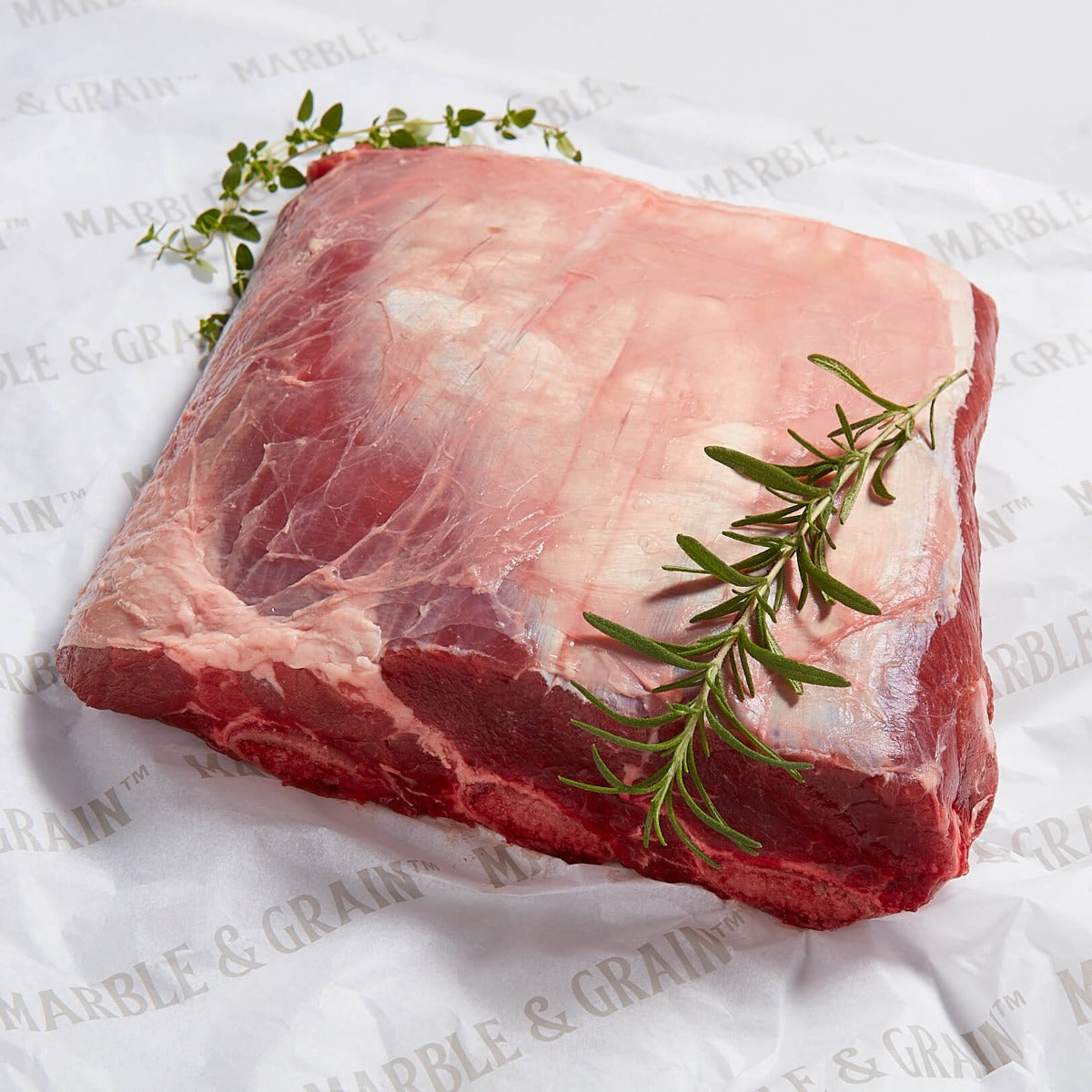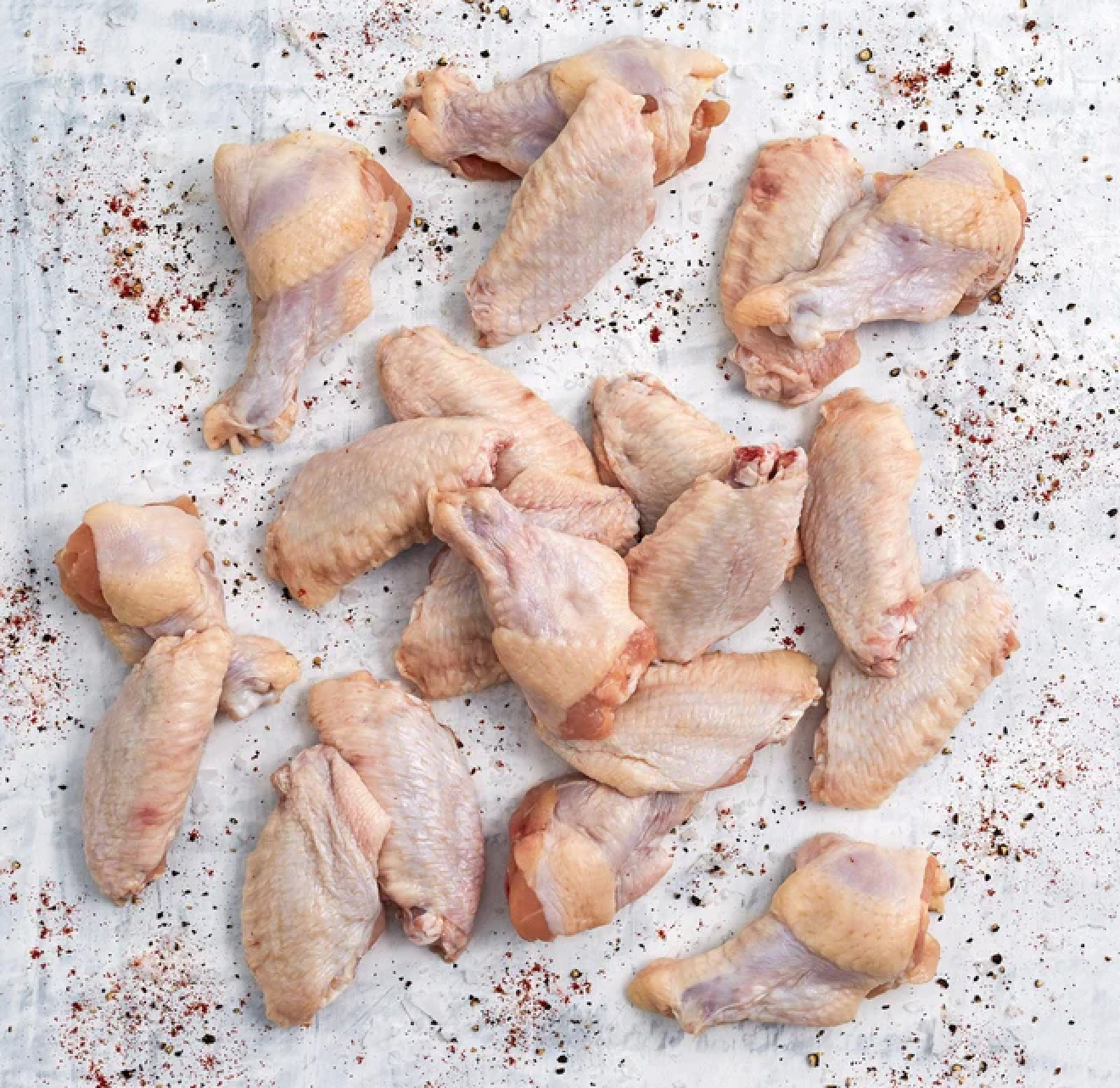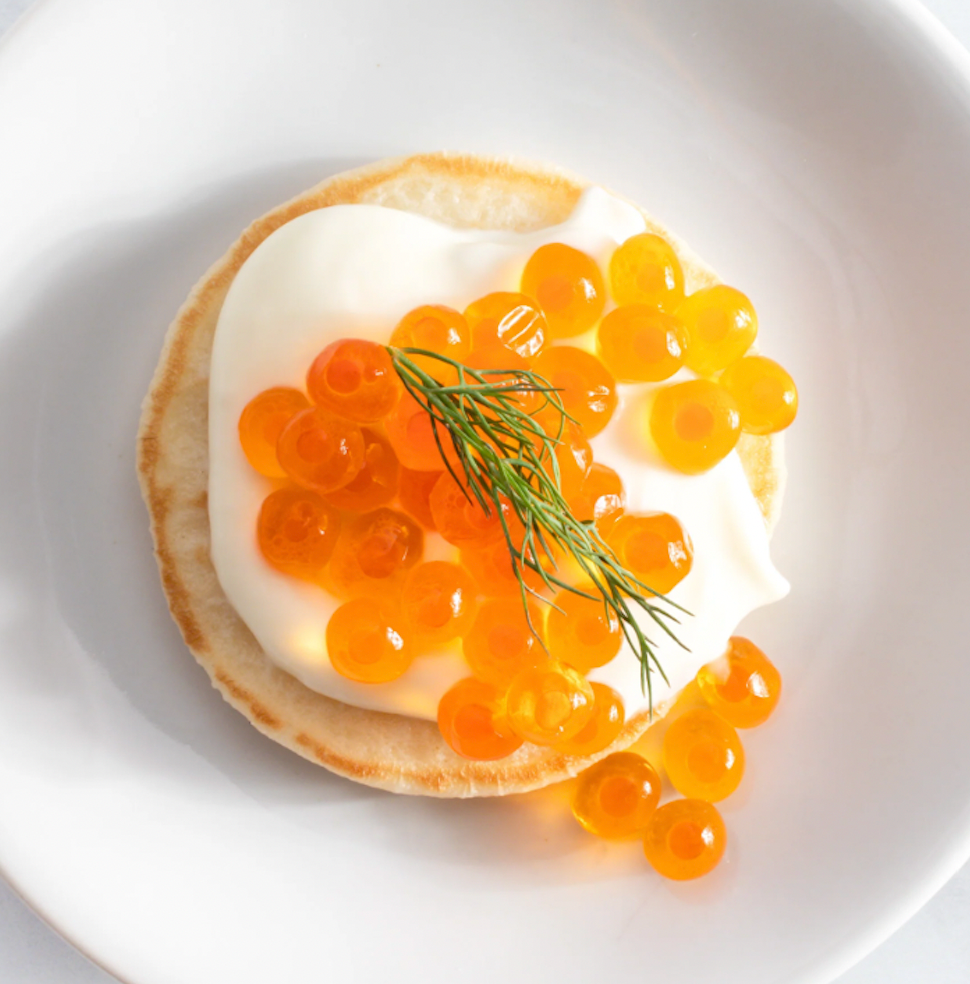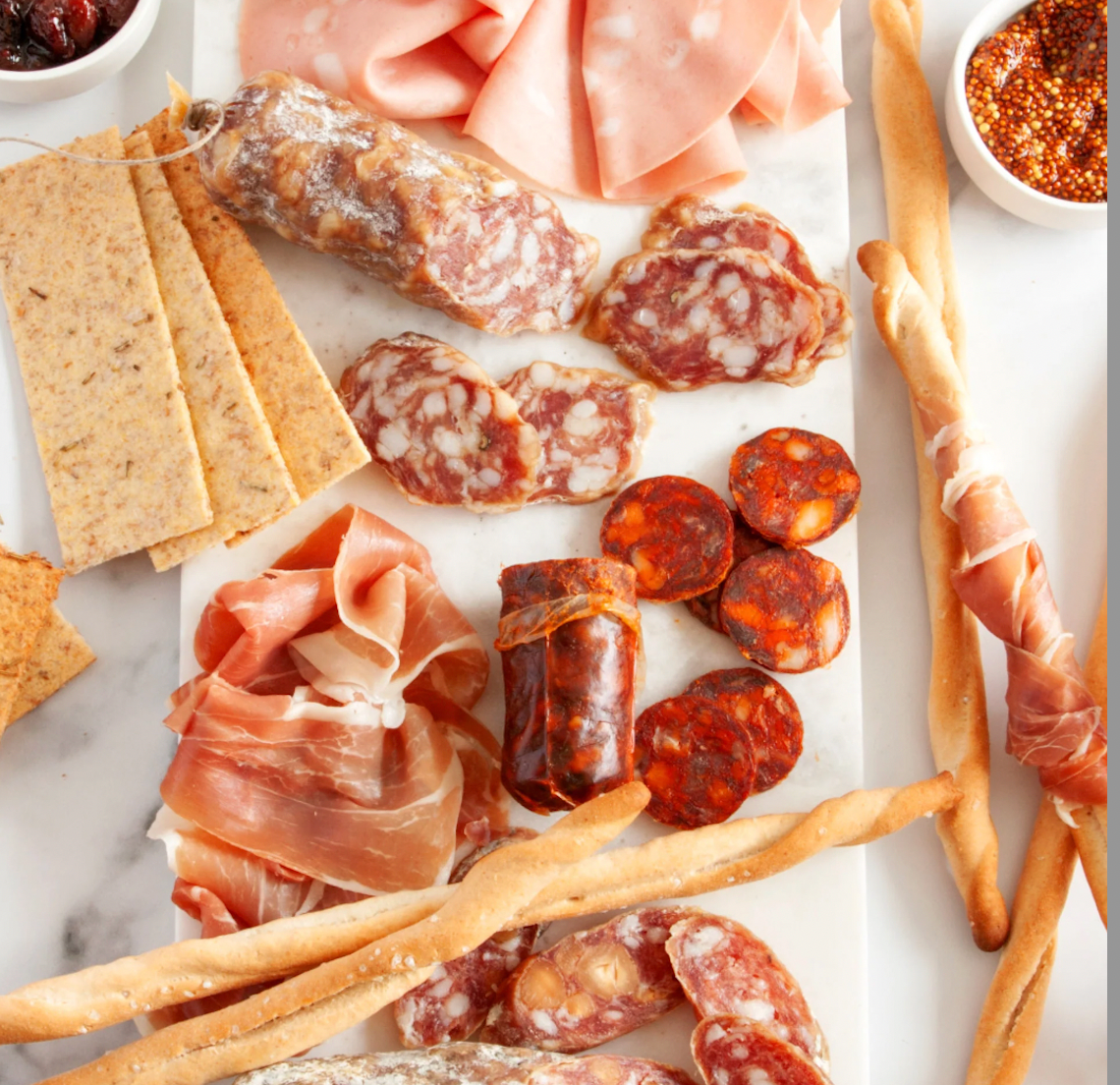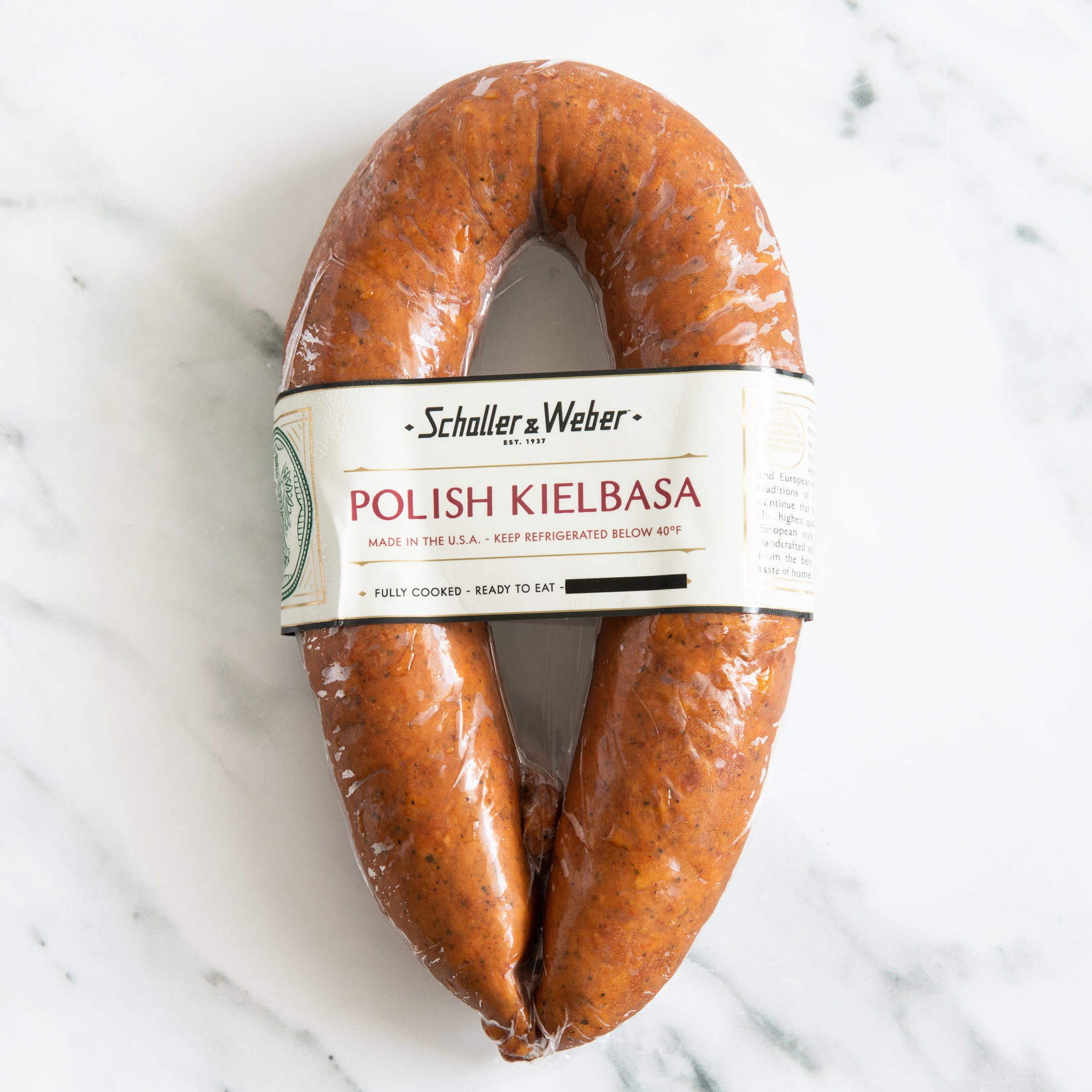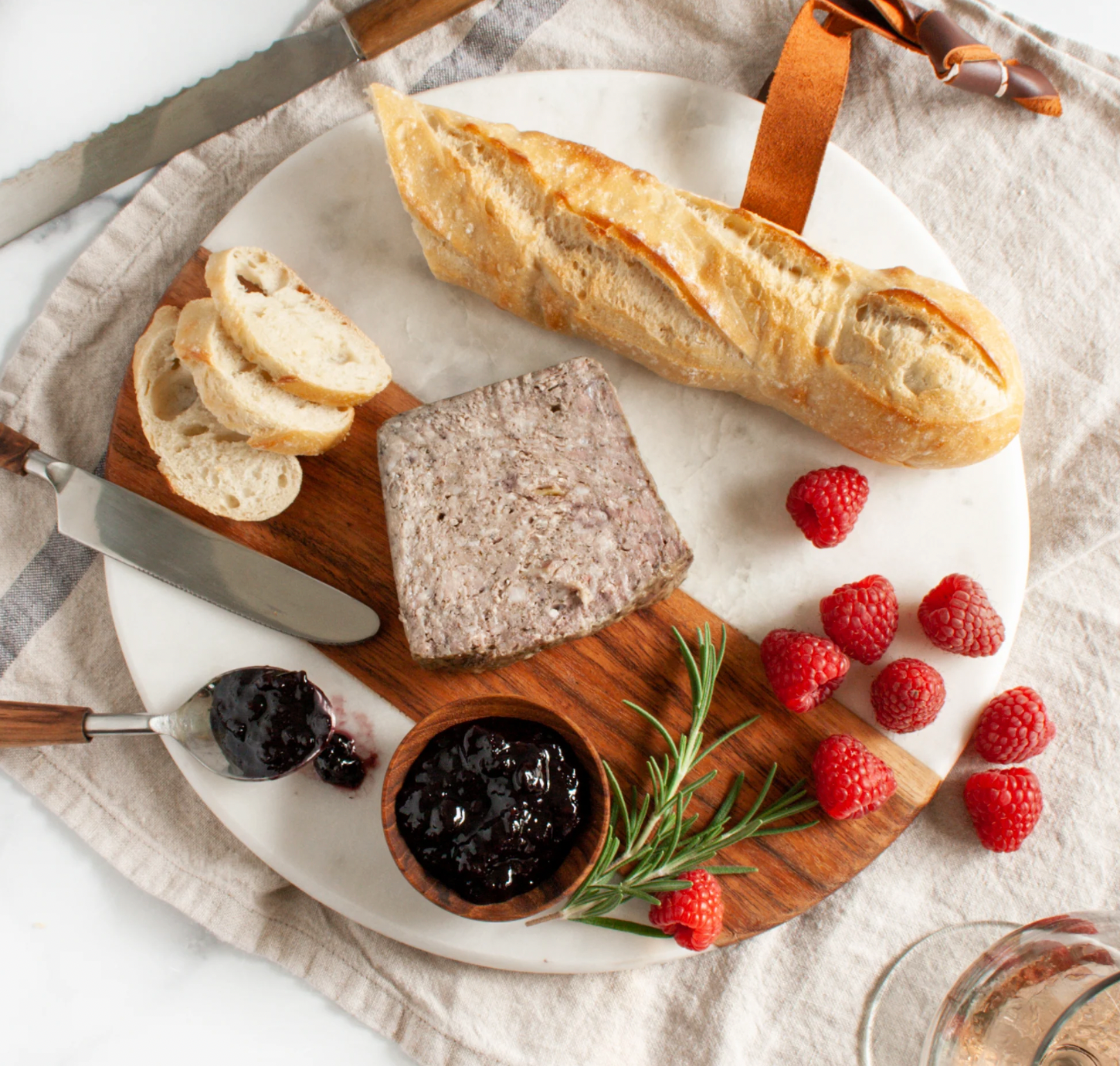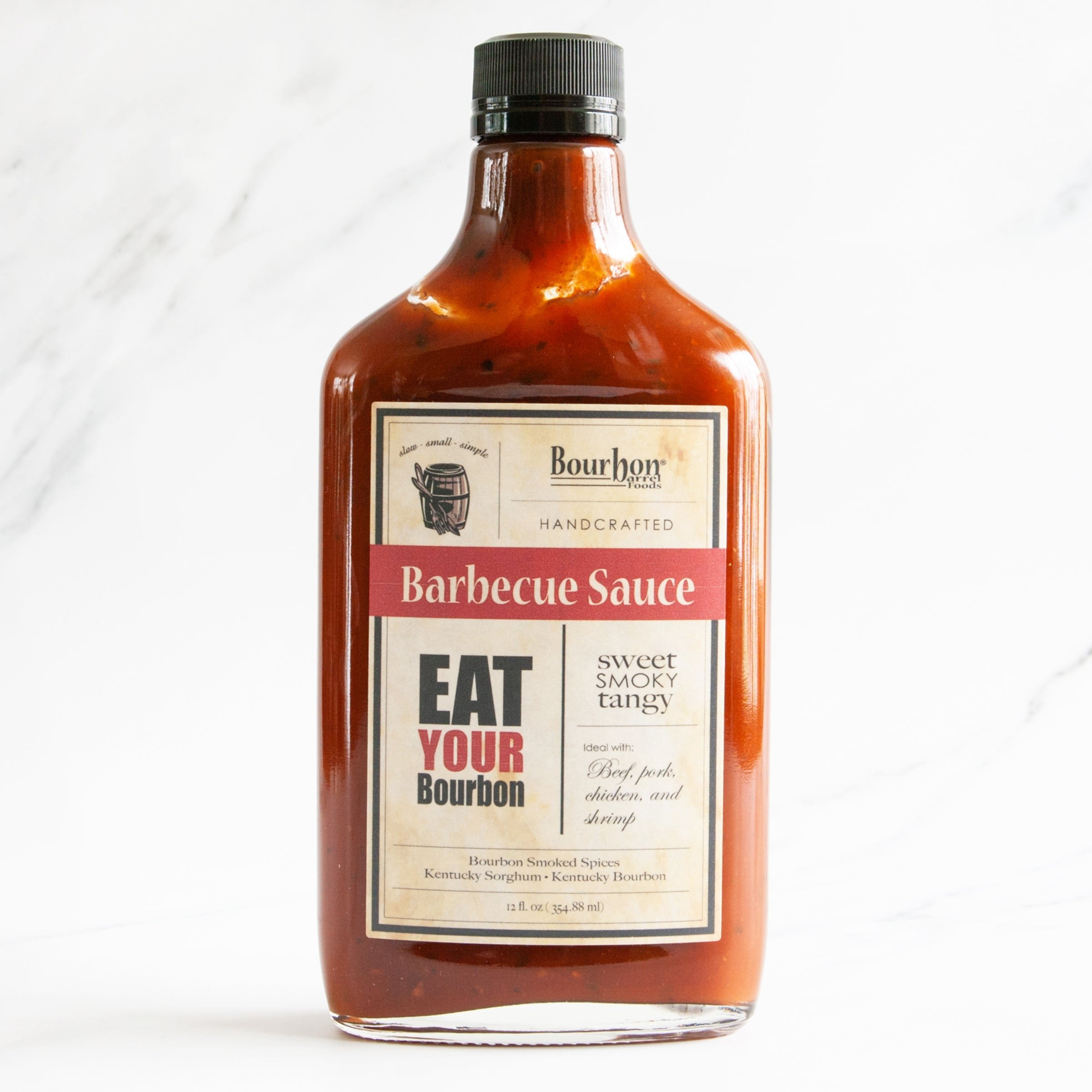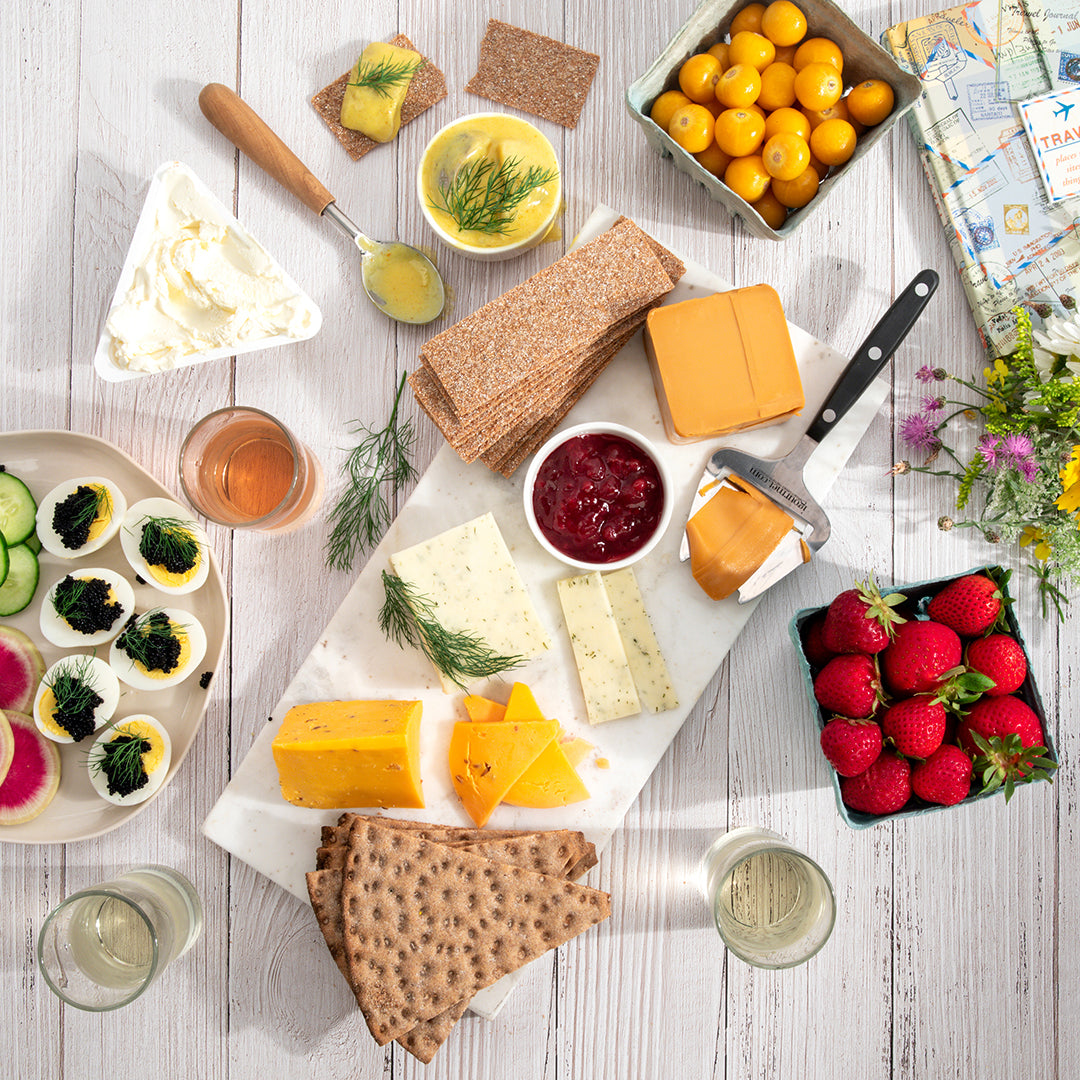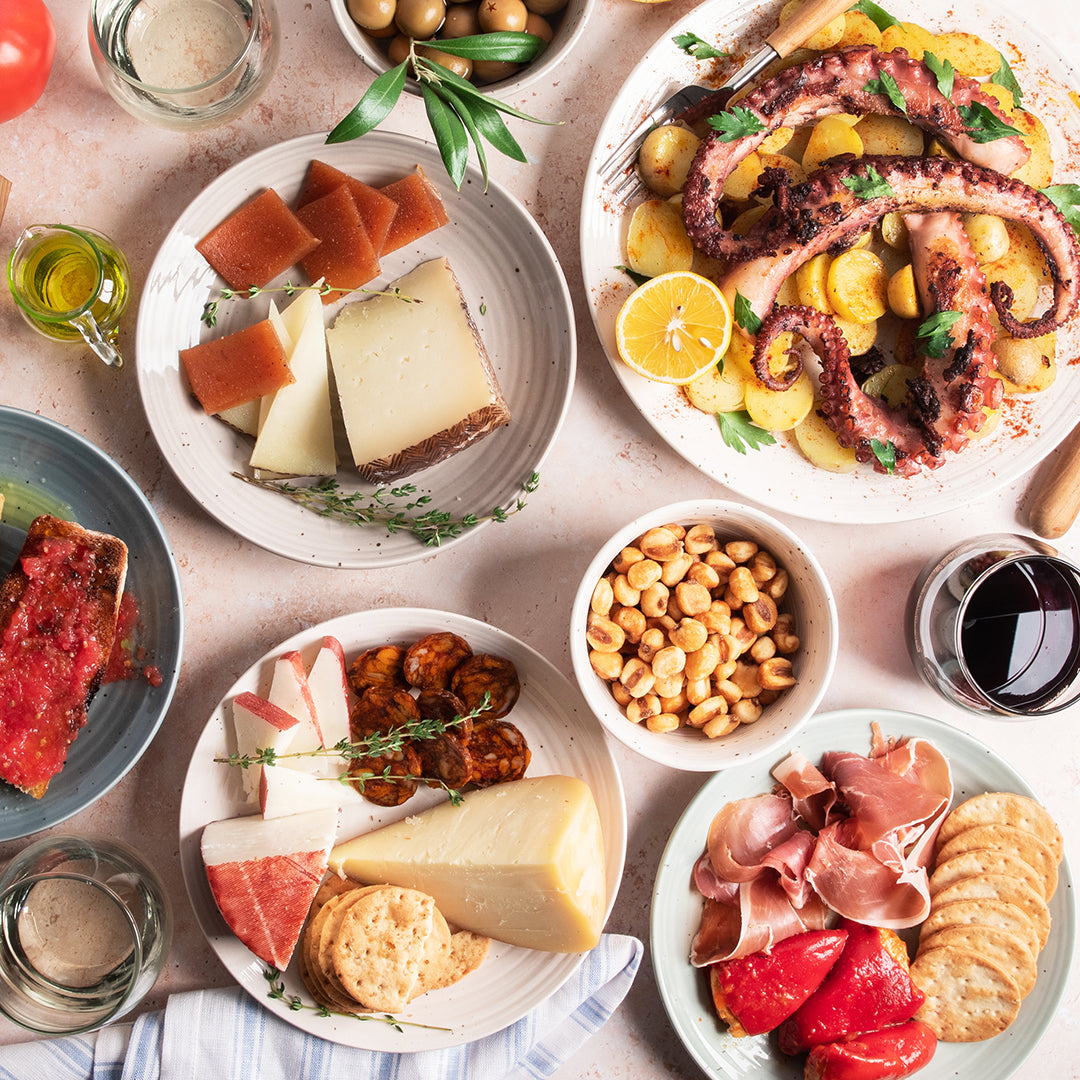Swedish Cuisine Guide
French Cuisine Guide
June 12, 2019 | By Dave Mattingly
Find Traditional Recipes, Wine Pairings, Read About French Food History and Culture
The art and history of French Food is that of a legendary cuisine which may easily leave a beginner intimidated. Although food has always played an important role in France, it has not always been associated with haute cuisine, which is the French culinary tradition in which the finest food is elaborately and artfully prepared. Prior to the 1400s, French Food was what could be considered peasants fare, or simple food with no extravagances. In the mid 1500s, Catherine de Medici arrived from Italy to marry future King Henri II. With her she brought the finest cooks from Florence who exposed France to the art of pastry and previously unknown delicacies. Florence was a center of the Italian Renaissance where food became a visual and literal feast and a means of entertainment. French cuisine soon became about innovation and artful and beautiful presentation. Multi-course meals were heavily flavored with thick sauces and punctuated by desserts. Commonly used foods during this time were cured meats, aged cheeses, wine, honey, mustard, vinegar, herbs and spices. Fine china and glassware adorned tables and dinner became “theater” in France.By the 17th century, heavily spicing foods was replaced with the natural flavor of foods that were easier to prepare. Exotic spices were replaced with local herbs, and new vegetables such as asparagus, peas cucumbers and artichokes found their way to the table. Meat, fish and vegetables were preferred to be fresh and tender. Haute Cuisine, or Grand Cuisine, would originate in the 17th century made famous by the first French cookbook, "Le Cuisine François," written by French chef, François Pierre La Varenne (1615-1678) in 1652. La Varenne nearly single handedly changed the face of cuisine in France. He introduced rules and principles in the preparation of foods. He introduced the first roux, bisque and Béchamel sauces, and an early version of hollandaise sauce. La Varenne was a court chef during King Louis XIV's reign and during this era medieval cuisine gave way to the early days of classic French cooking. Until the French Revolution began in 1789, most French were peasants whose diet was filled mostly with grains. Yet the French Revolution effectively disbanded guilds, which allowed chefs to open up restaurants and produce and sell whatever they chose, instead of catering strictly to royalty as had been customary for centuries.
Marie-Antoine Carême (1784-1833), known as the “King of Chefs” continued the refinement of French haute cuisine. Not only is he is credited with creating the first chef's hat, his contributions include classifying sauces into groups based on 4 "mother sauces": Bechamel Sauce, Veloute Sauce, Espagnole Sauce and Allemande Sauce. Souffles were also first made during this time.
Georges Auguste Escoffier was responsible for updating French cooking methods and helped spread modern French cuisine in the early 20th century. Many of his methods were based upon those of Marie-Antoine Carême. He introduced the brigade de cuisine system which divided a chef's kitchen into five stations: a garde manger who prepared cold dishes, an entremettier who prepared soups, vegetables and desserts, a rôtisseur who prepared roasts, a saucier who prepared sauces and a pâtissier who prepared pastries. World War I issued in the modern era of French cuisine. Improvements in the transportation of food allowed regional foods to be spread throughout the country. After World War II, tourism encouraged restaurants to prepare French cuisine at reasonable prices. Nouvelle cuisine appeared in the 1970s as a repercussion to classic heavy French cuisine. It emphasized lighter fare with fewer ingredients with more flexible preparation methods and non-traditional flavors.
French Food continues to be dominated by regional products. Artisan cheese, wine, beef, poultry, lamb and veal are available throughout the year. Foods strongly influenced by Mediterranean cuisine are found in Southern France, such as duck, tomatoes, olives, mushrooms and herbs. In Northern France, farmhouse influences can be seen in their use of dairy, pork, potatoes, apples and sausages.
A French meal may be several courses. Throughout the course of French history, the number and order of courses in a dinner has continually shifted. A typical French dinner consists of three courses: the first is the hors d'oeuvre or entrée, typically an appetizer or soup, next is plat principal, or the main course, and finally a cheese course or dessert. A salad may also be offered prior to the cheese course or dessert. Wine has always played an important role in French cuisine and is paired with the type of food that it is served with. If the French meal is served in courses, the wine is paired to each course. Champagne, white, red and sweet dessert wines may all be served during the same meal.
French Cheese
With over 400 varieties of cheese to choose from, French Cheese is in a class of its own. Due to the differences in geographical regions in France, different areas specialize in different flavors. Paris and areas to the northwest are known for their softer cheeses, like Brie and Camembert, while regions to the east specialize in harder cheeses, such as Emmental. Central regions of France produce goat cheese, while other regions produce cow and sheep's milk cheese. In the European Union, many French cheeses have been given PDO (Protected Designation of Origin) status, which emphasizes the traditional production of cheese using specific methods and ingredients from certain producers in designated geographical areas of the country. Less stringent designations of geographical origin for some cheeses are also offered under the French AOC (Appellation d'Origine Contrôlée) status. In 1925, Roquefort was the first French cheese to receive this status, and since then over 40 cheeses have been granted AOC status.
French Meats
Internationally, the best known French Meats are charcuterie. Charcuterie is a catch-all term for cooked or cured French Meats, including sausages, pates, hams, saucisson and other smoked or cured meats. France is world renowned for its quality hams, pates and saucisson Sec - the French term for salami. Similar to other Europeam hams, French ham may either be cooked or dry cured. The most famous French Meat is pate, a spreadable hors d'oeuvre prepared in either coarse or mousse style. Saucisson Sec may be prepared with or without flavor enhancing spices like herbes de Provence, poivre (pepper) or cepes (mushroom).
French Desserts
The word dessert comes from the French word desservir, originating in the 17th century meaning "to clear the table". During this time sweets such as fruit and cheese were usually served after the main course. Cream and custard often characterize elaborate and complex French desserts, such as crème brulee, cake-like cookies called Madeleines, chocolate mousse and some of the world's best pastries such as profiteroles, éclairs, crullers and cream puffs.
Few cuisines have the shock and awe of the French, while still maintaining the robust, comforting richness of farmhouse classics like cassoulet and confit. When it comes to cheese variety, the French are hard to beat. Be it Brie, Buche, or Banon, you're sure to find it on igourmet.com. We invite you to experience all French cuisine has to offer as we're stocked with everything you need to create your own seven course sampling, or just a simple ploughman's lunch of pate, cheese, and condiments. Our gourmet French food selection includes cheeses, meats, desserts, sauces, spreads, oils, vinegars and many others. When searching for gourmet food online, look no further than igourmet.com.
French Food History and Culture
Every French Food product on sale at igourmet.com is accompanied by a long story about its history in relation to French food culture, plus links to wine pairings and recipes. To view a complete listing of all French foods available at the igourmet online store, please click here.
Thanks to the launch of the Food TV Food Network, the creation of gourmet web sites like igourmet.com, the proliferation of upscale supermarkets, and the emergence of the celebrity chef, Americans have taken notice of French food like never before. Whether one is looking for the highest quality ingredient, a necessary component to a diet, or the perfect food pairing for a special French wine, there is a French food to satisfy every need. With thousands of excellent restaurants sprouting up in even the most unlikely locations, plus millions of easy-to-make recipes available on the web at sites like epicurious.com, who wants to settle for fast food these days?
Great food and healthy food are not mutually exclusive concepts. Study the food pyramid and you will see that it encourages Americans to eat breads (high in fiber), dairy (high in calcium), meats (high in protein) and vegetables (high in vitamins) in moderate quantities. Eating healthy and enjoying a meal with French food can be accomplished!
For centuries, food has been a favored holiday gift. Americans routinely welcome a new neighbor with a homemade pie. We send baskets of treats to recovering friends and boxes overflowing with cheeses and sweets to colleagues at Christmas time. People even send free-range organic turkeys to their parents in advance of Thanksgiving! French food can make a great gift too!
igourmet.com sells thousands of gourmet food items imported from over 75 countries. Our product categories include Cheese, Fruits and Vegetables, Jams, Jellies and Preserves, Meat, Seafood, Bread, Pasta, Rice, Spices, Salt, Sauces, Spreads, Condiments, Oil, Vinegar, Coffee, Tea, Chocolate, Cakes, Pies, Cookies, Pastries, and Candy. We welcome you to browse our site, try our recipes, read about the world of French Food and enjoy your stay.






